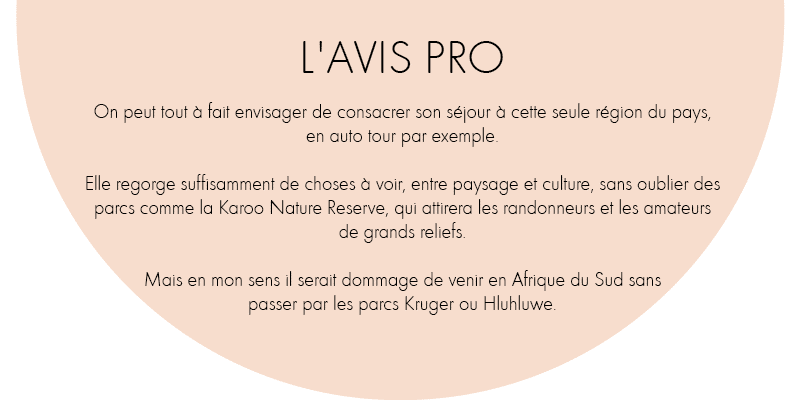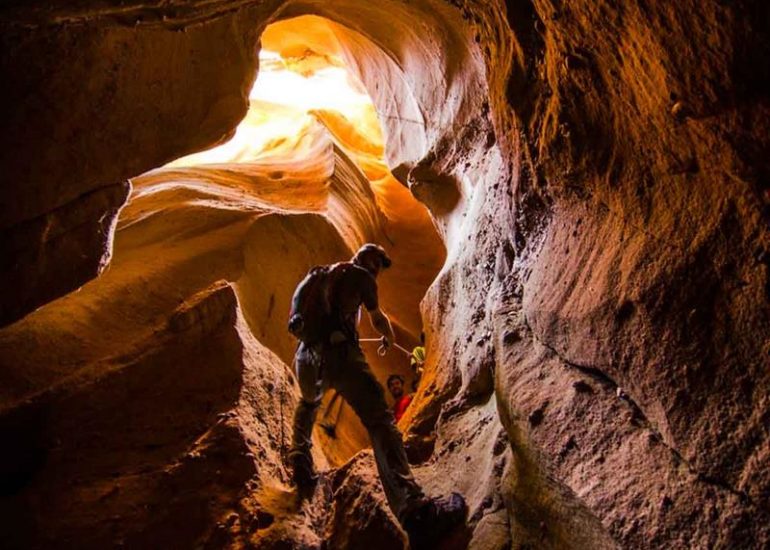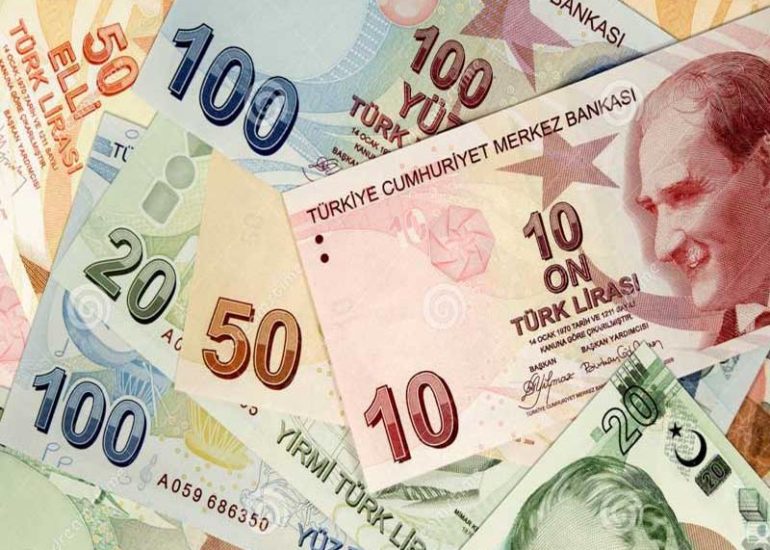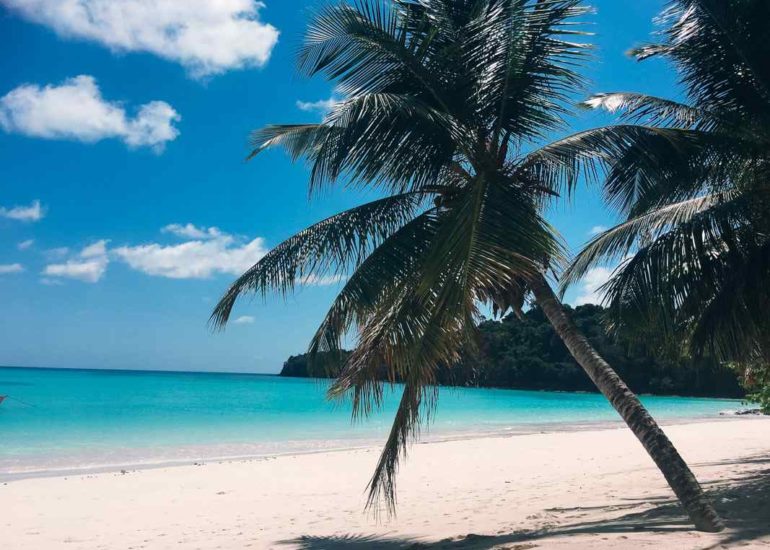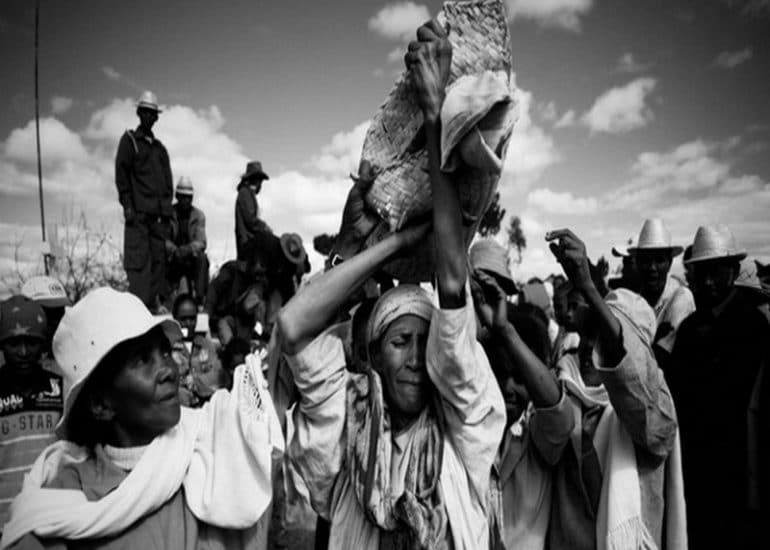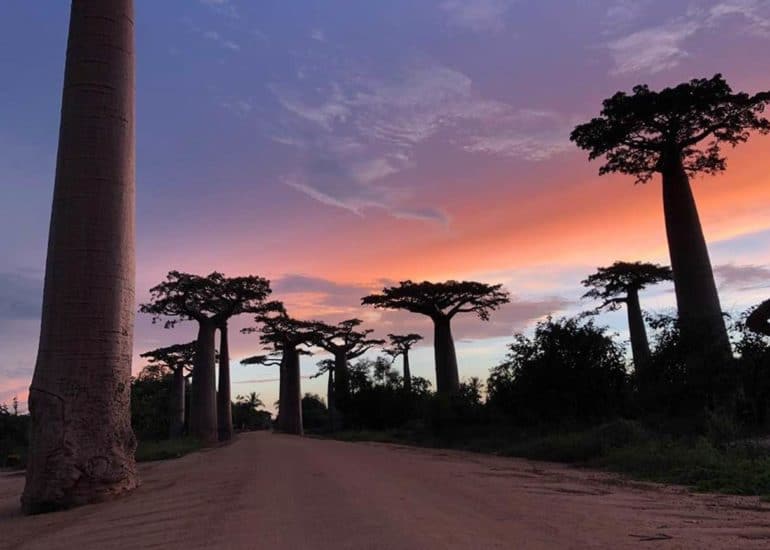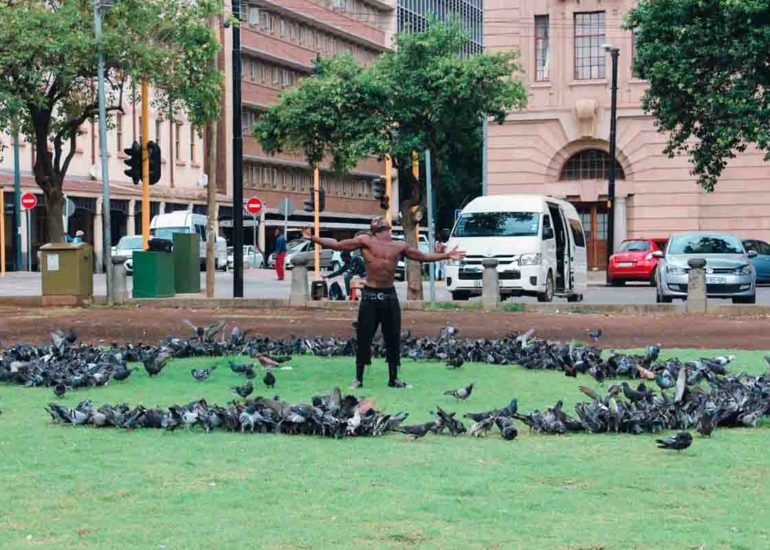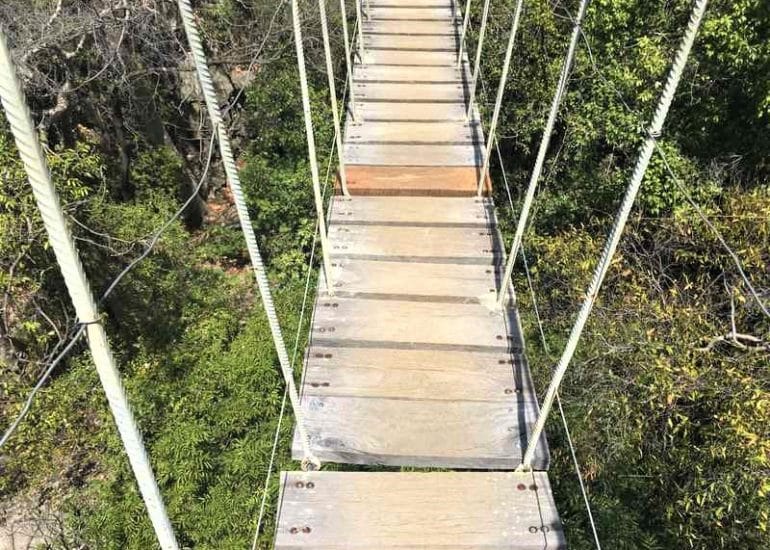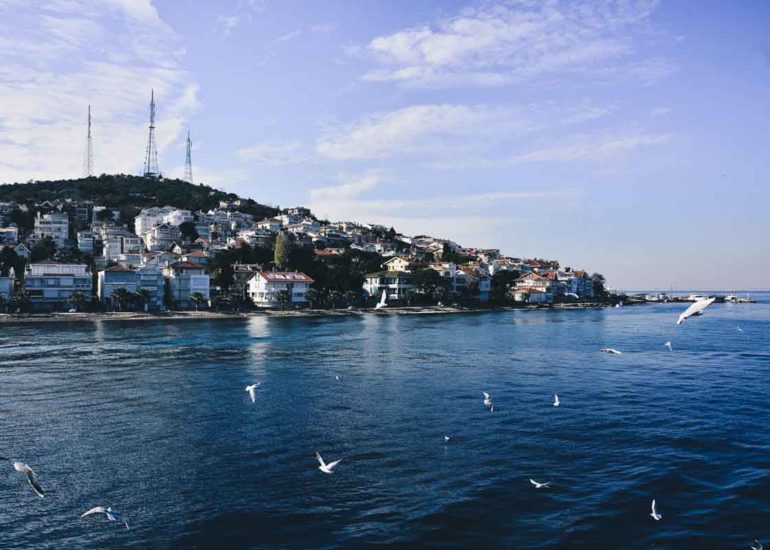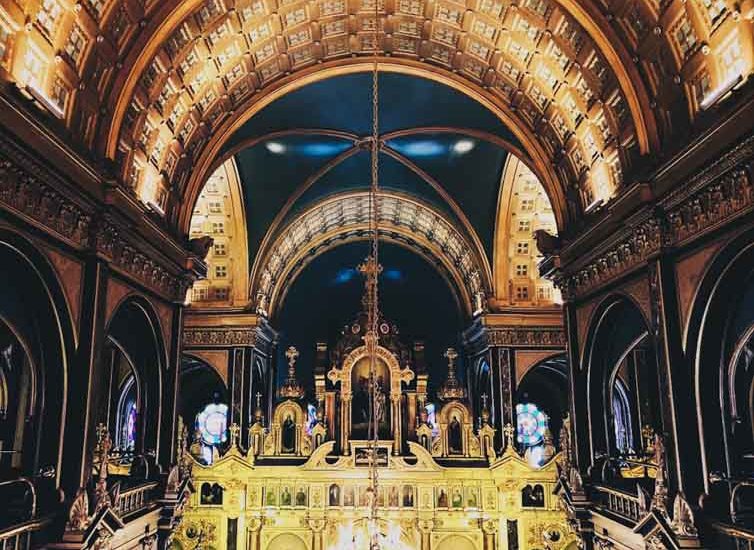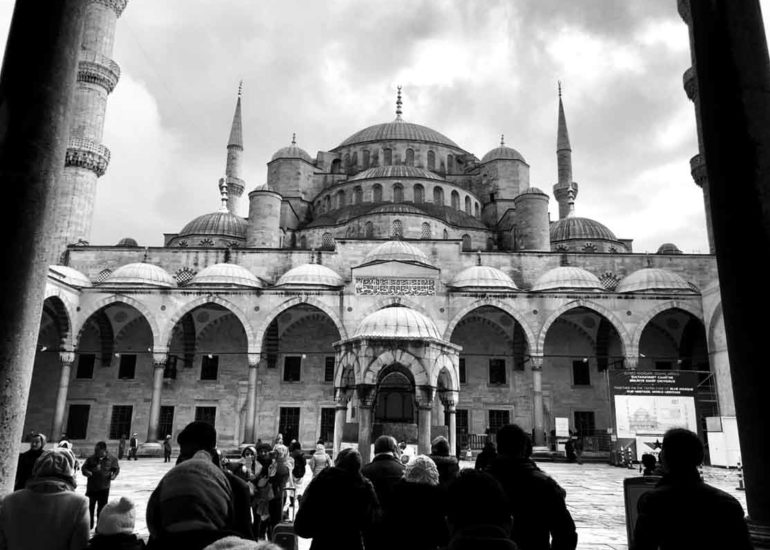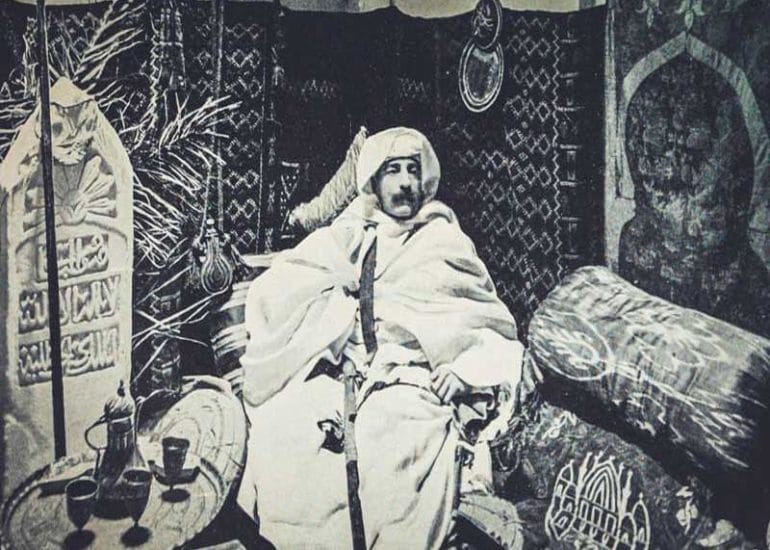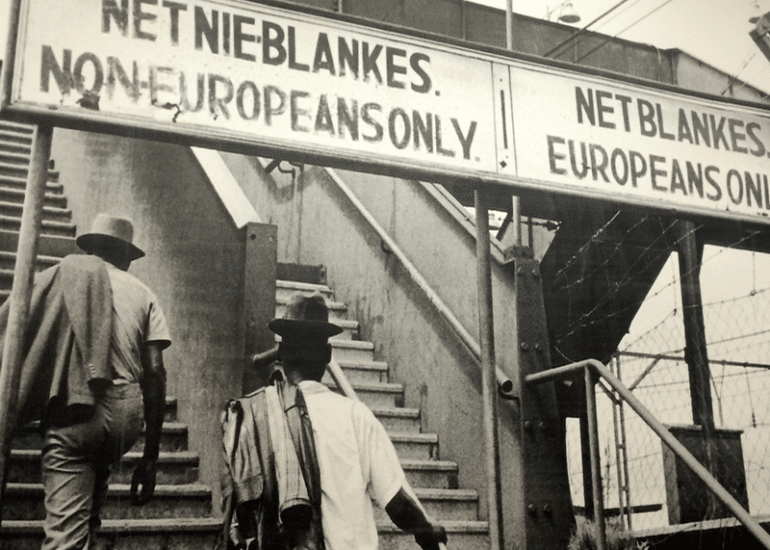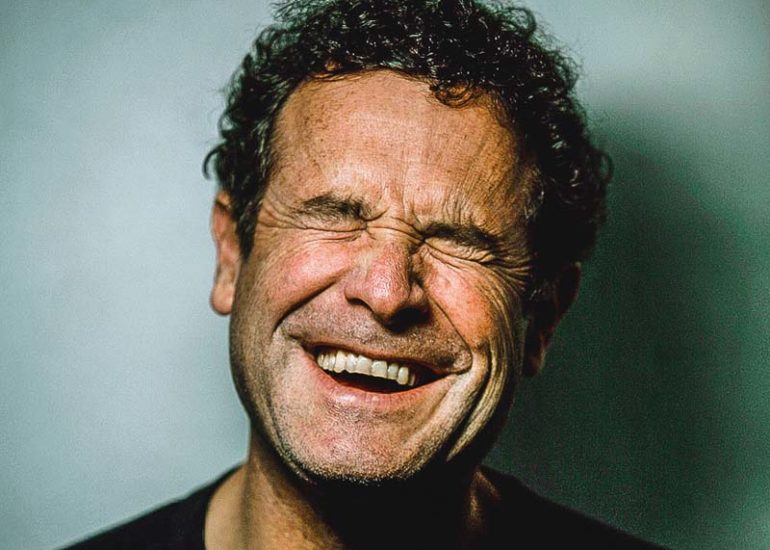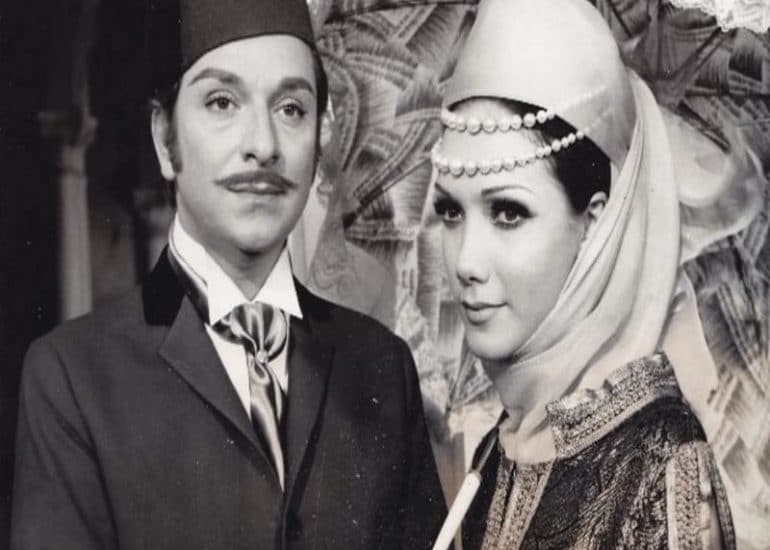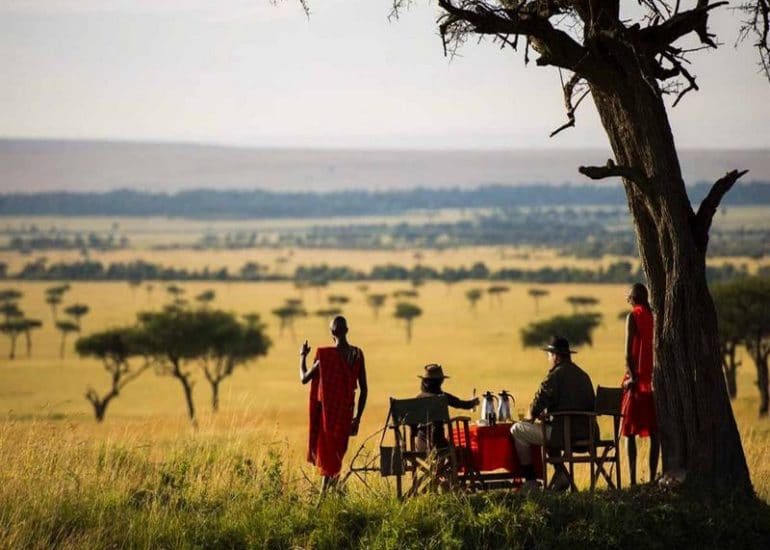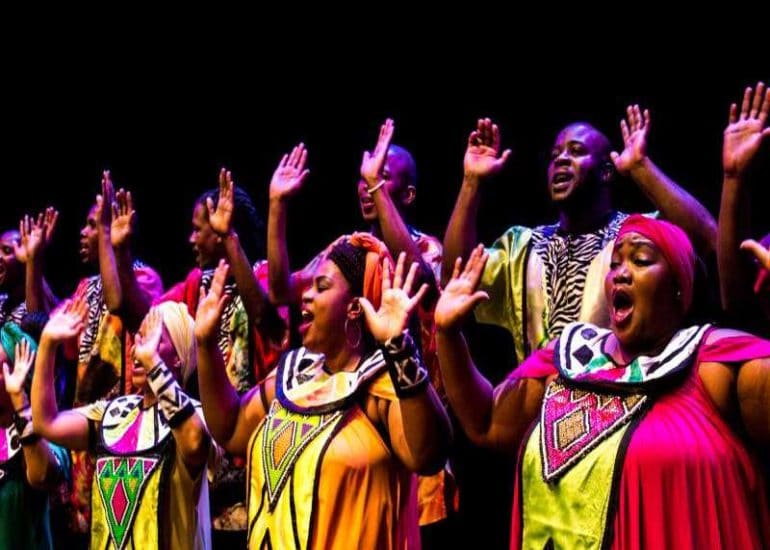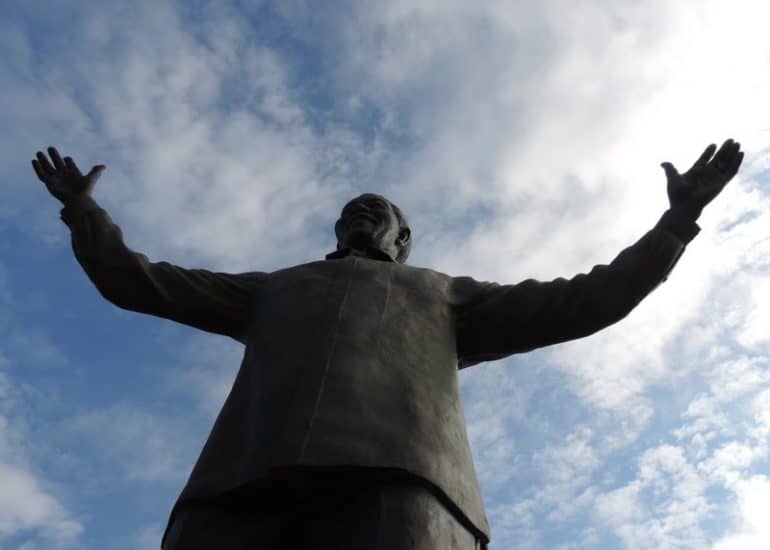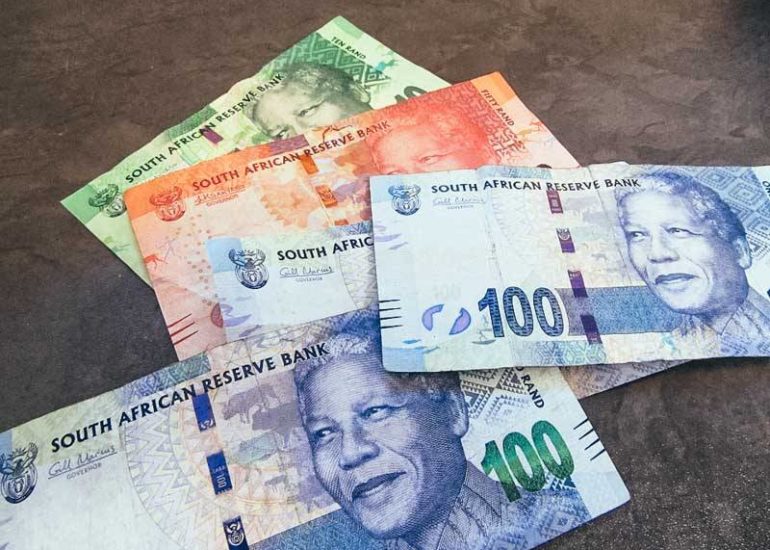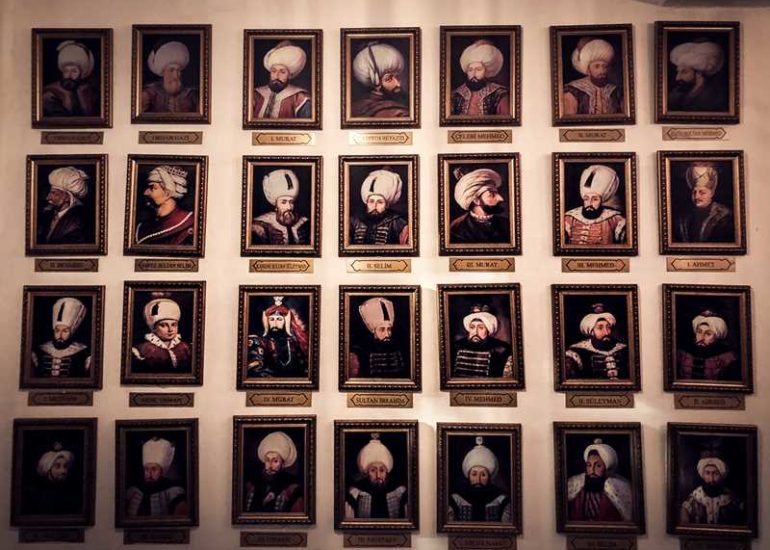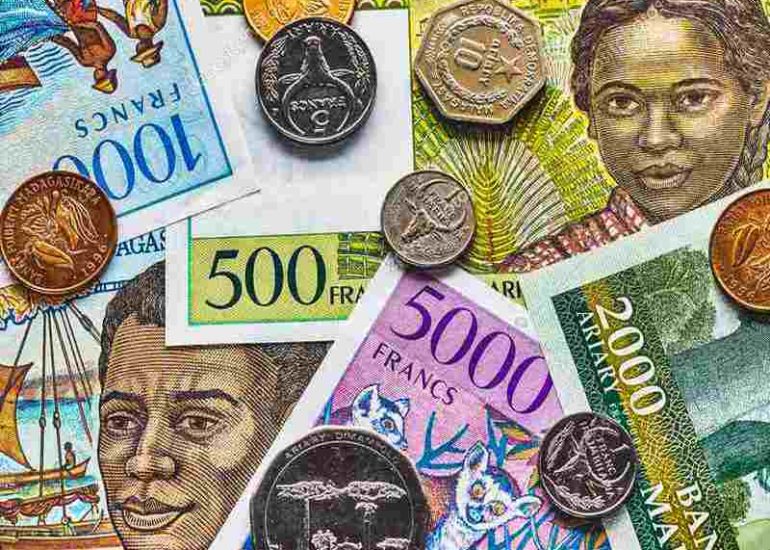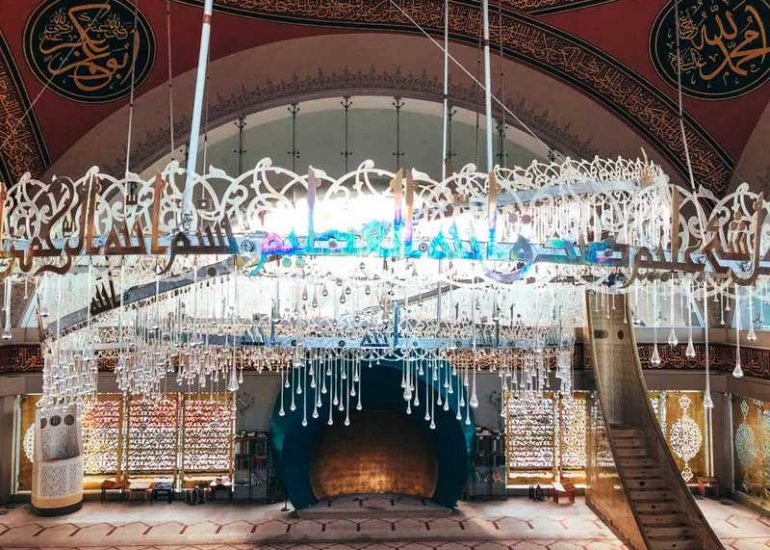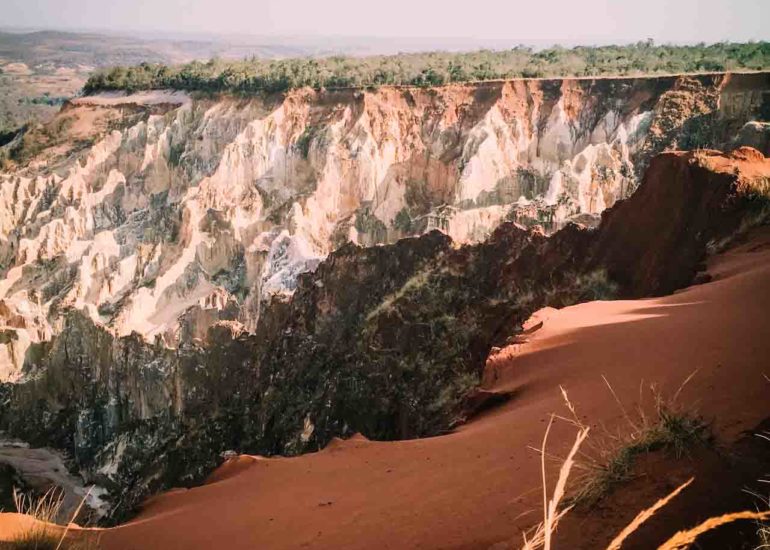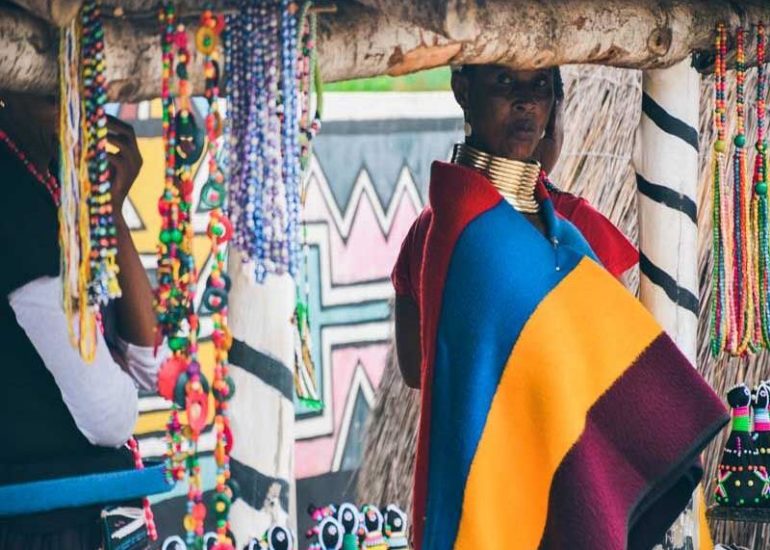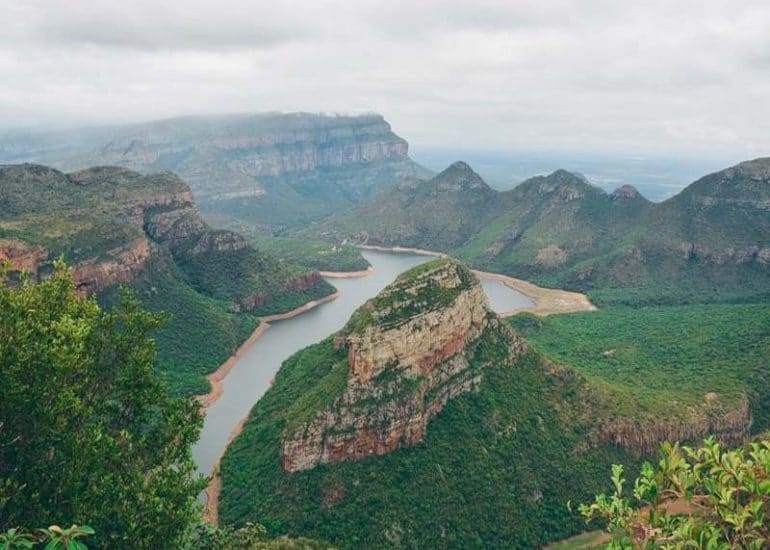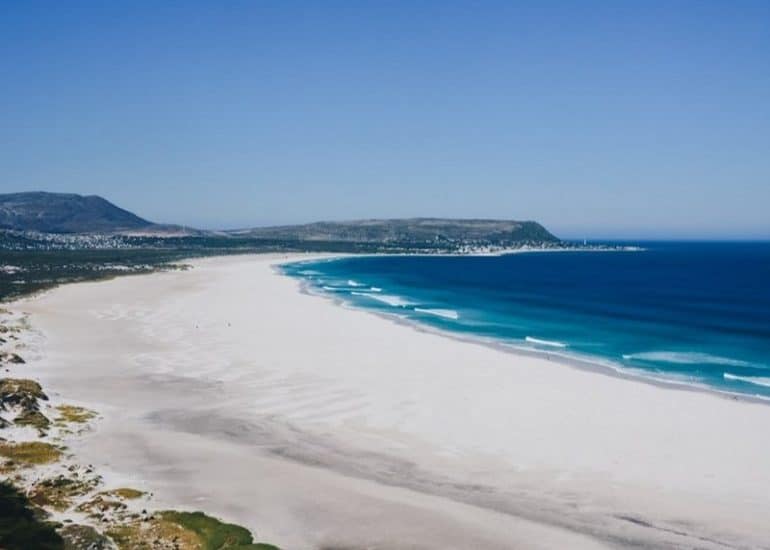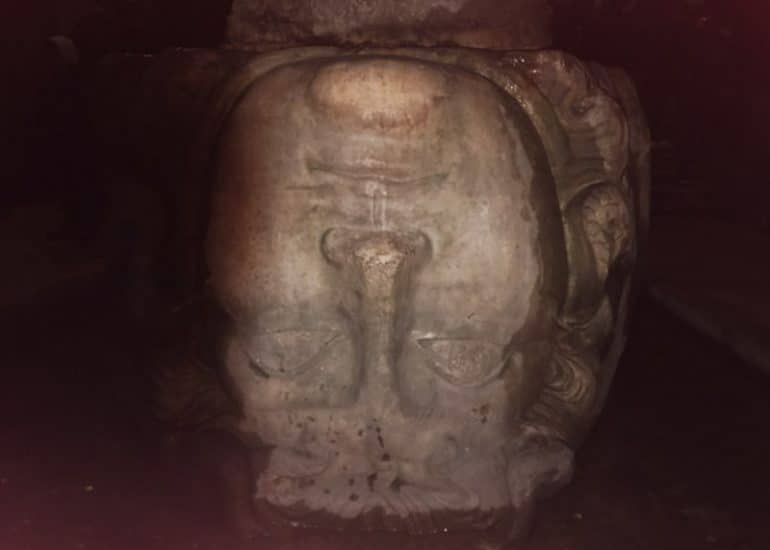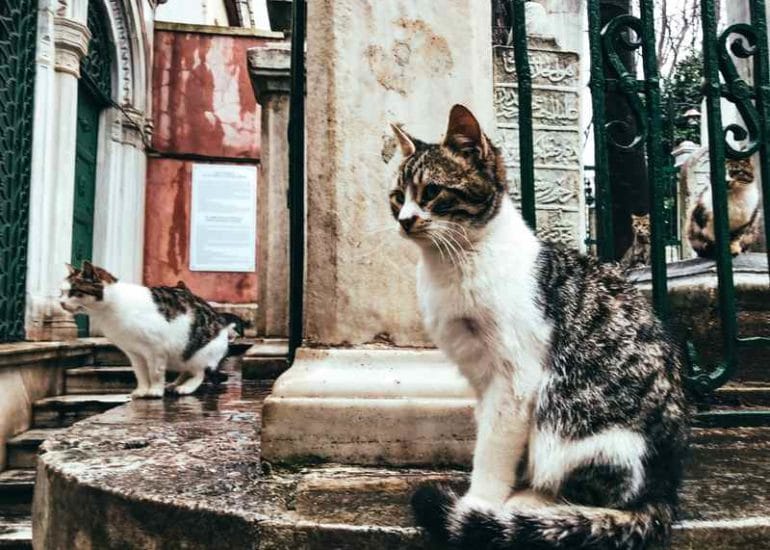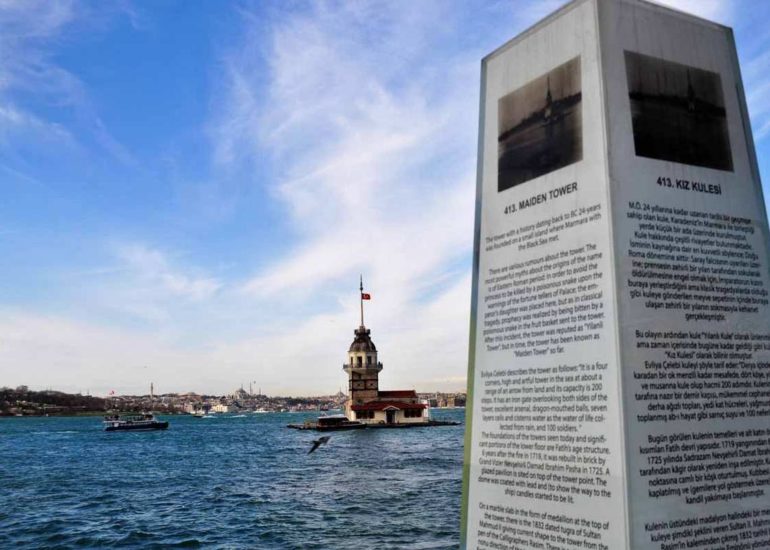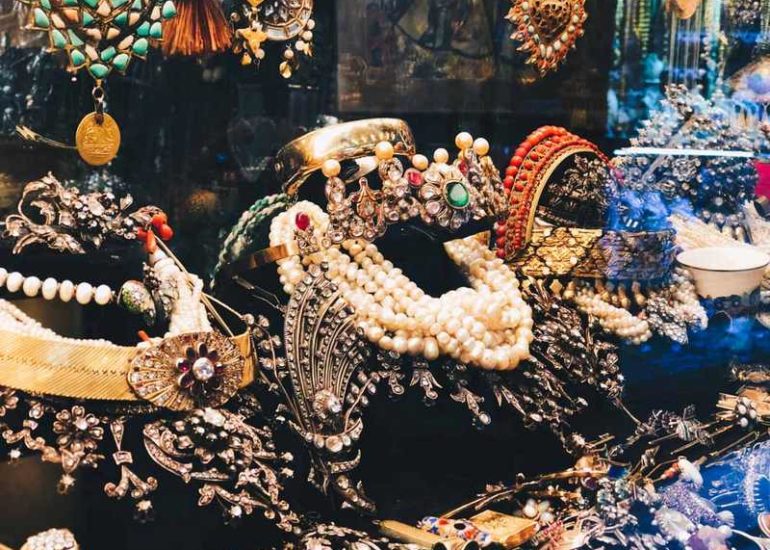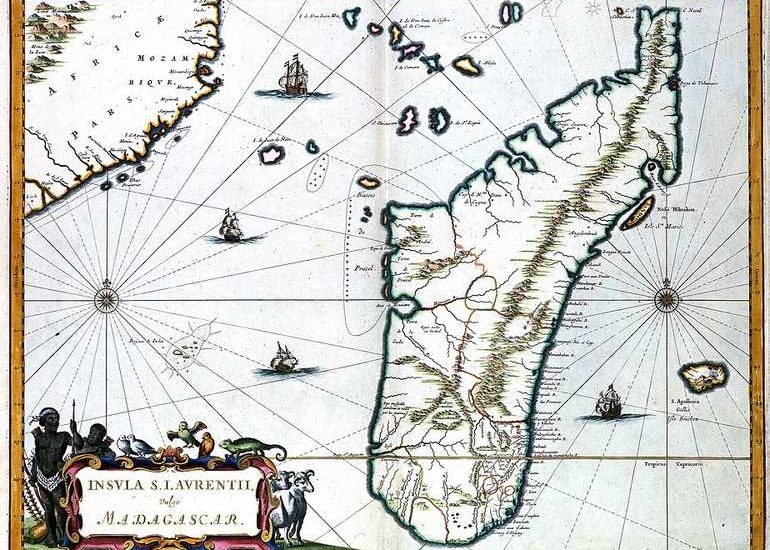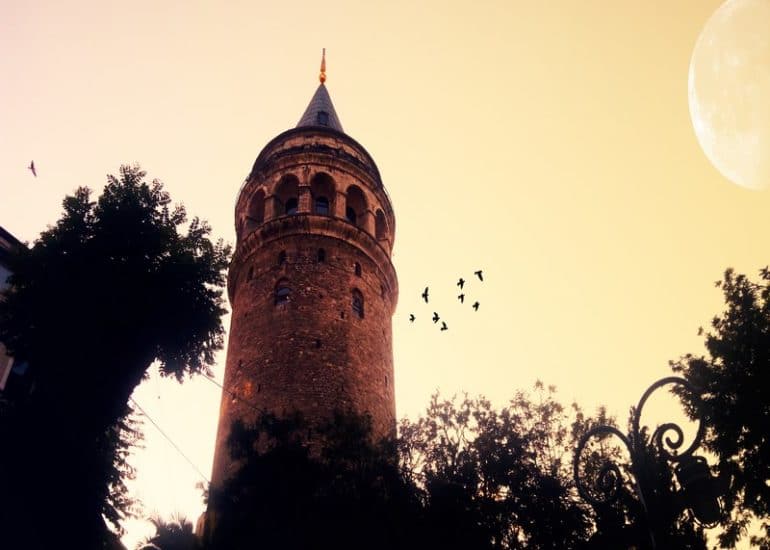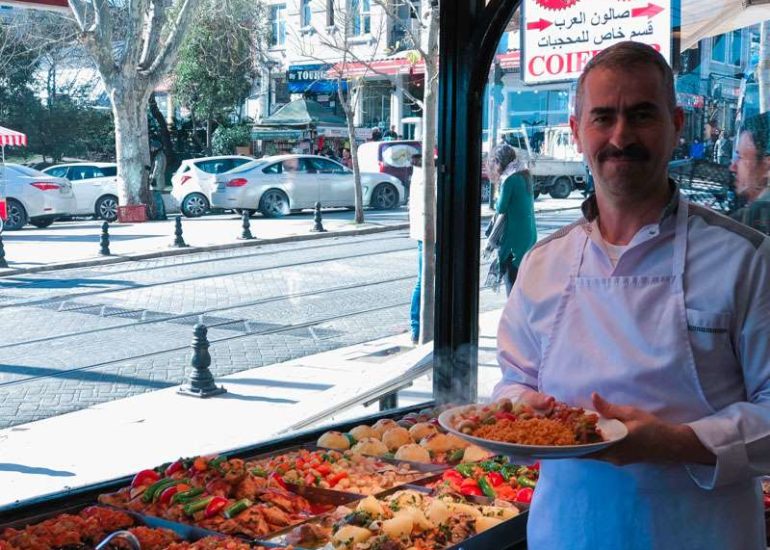Cape Town borders the coast of Africa. It's one of the country’s “white” cities. It doesn't seem to be part of the same country as, for example, Kwazulu Natal or Soweto. If it's not part of Mandela’s Africa as we imagine it, it represents its ideal of a rainbow nation.
There reigns a scent of carefree, Californian or European villegiature, due to the architecture of the buildings, the climate, the seaside, and the population...
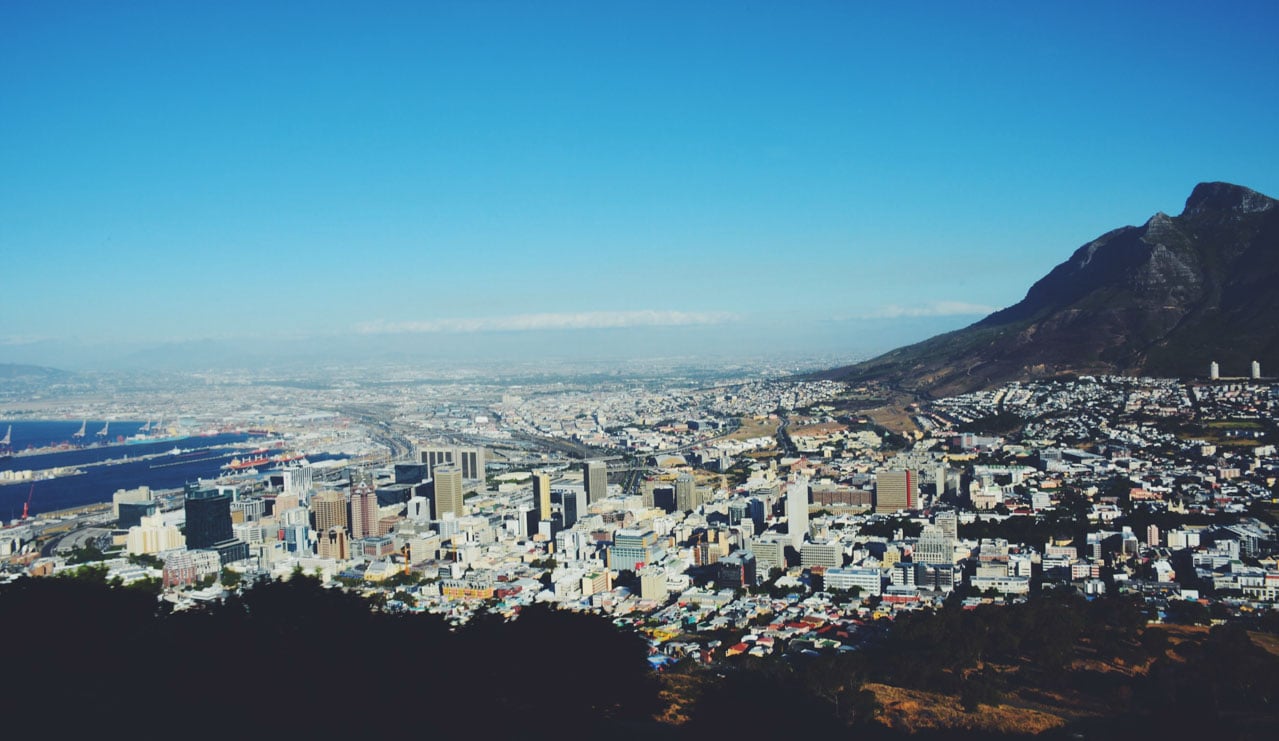
The Waterfront
It's essential to walk and eat in one of the many restaurants on the seaside to taste the particular atmosphere of the city, and to be surprised to be in Africa…
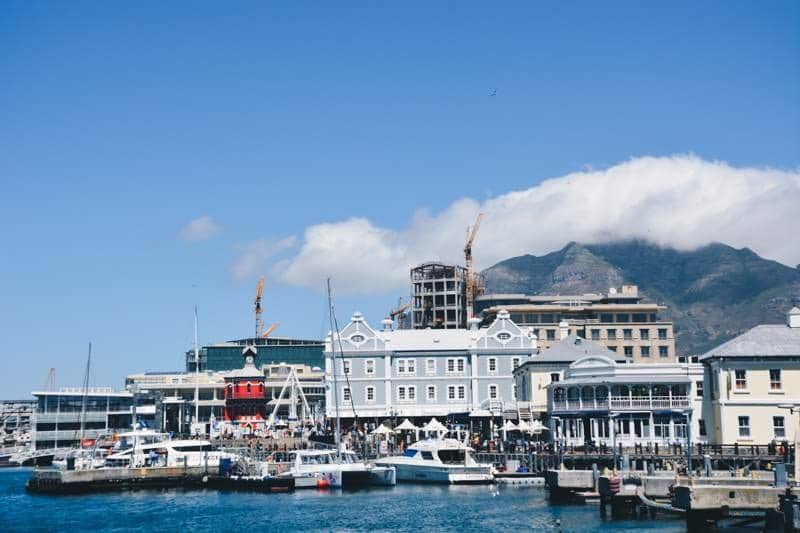
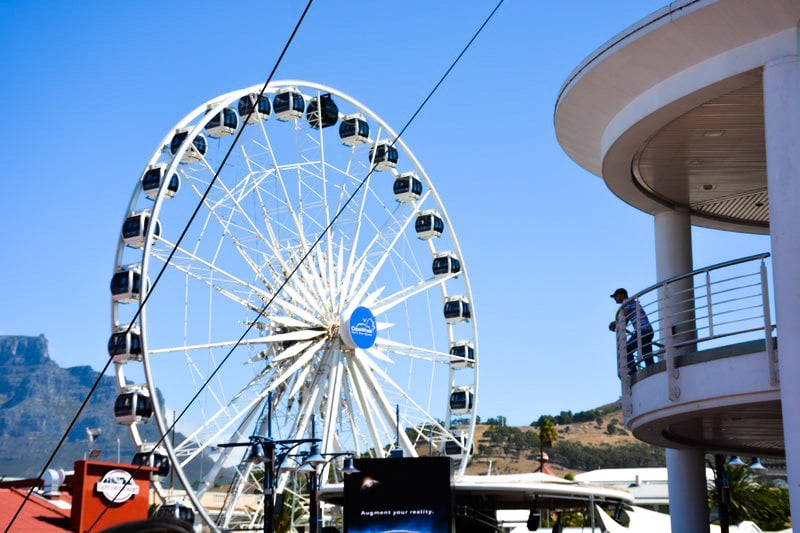
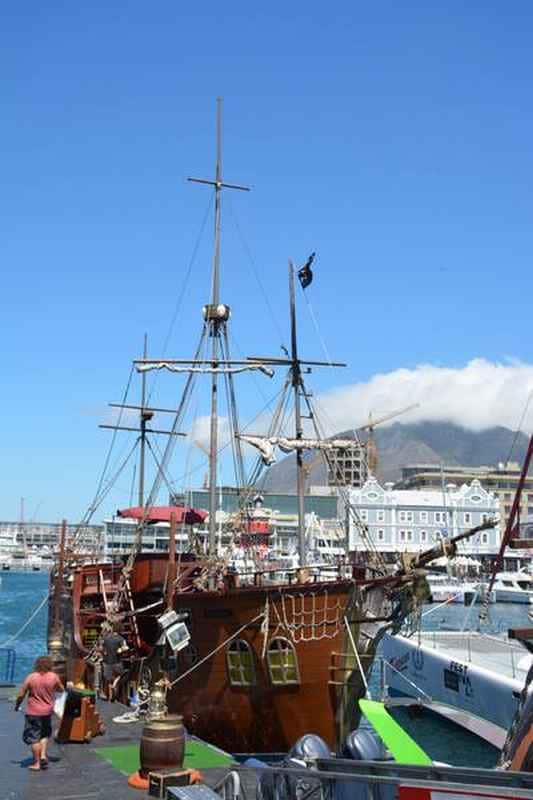
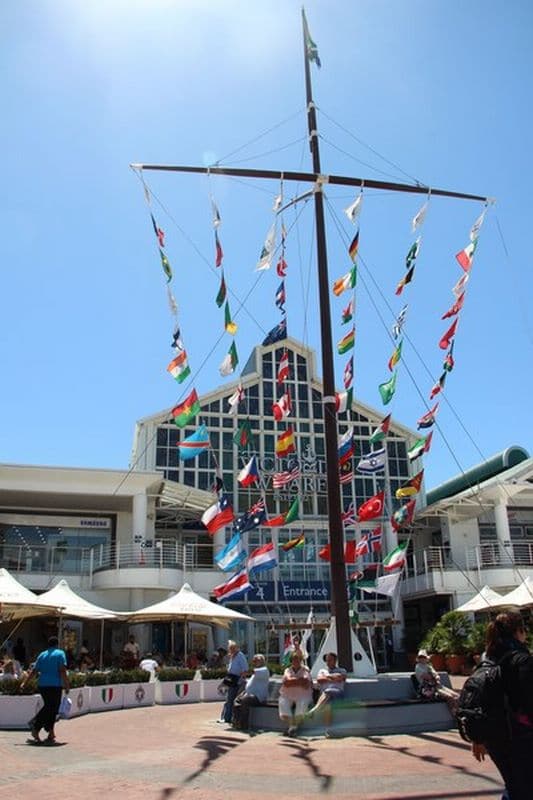
Robben Island, not to forget.
The prison island or Mandela spent 16 years of his life, is located off the Cape from where it can be seen. Today transformed into a Museum of Tolerance and Human Rights. Departure from the water front, by ferry.
THE place of memory of the country. Essential.
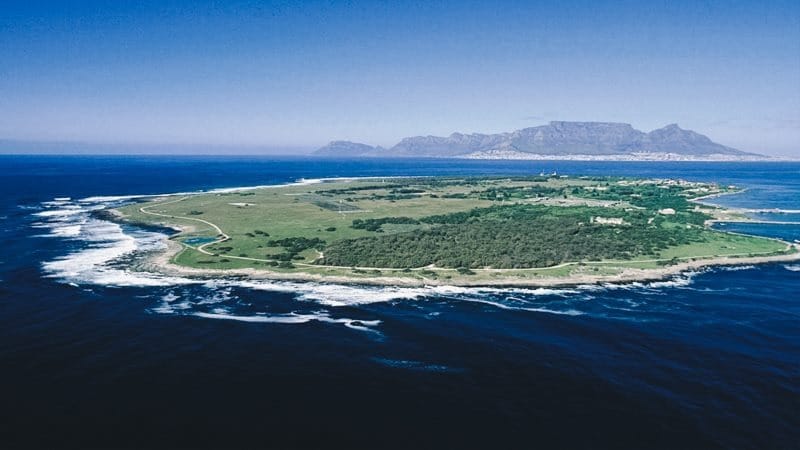
Kirstenbosch National botanical garden,
a southern eden
One of the most beautiful in the world, especially in October/November during the southern spring.
528 ha of exotic plants, trees and flowers: papyrus, water lilies, gingko, baobab, pelargonium, amaryllis, aloe: the fauna of southern Africa, first arranged by English (settlers). Of course it did !

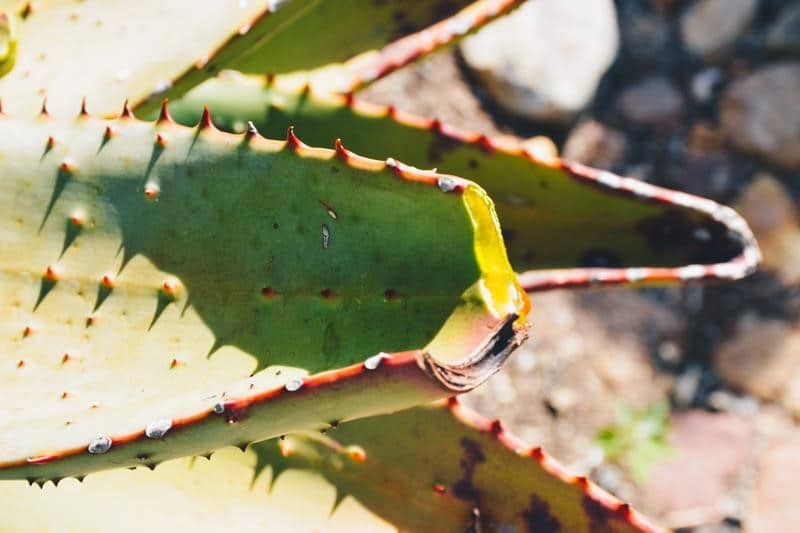
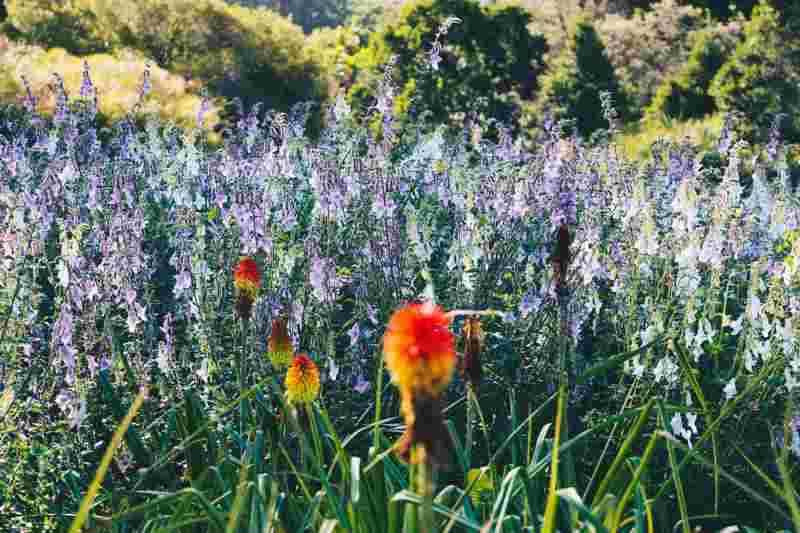
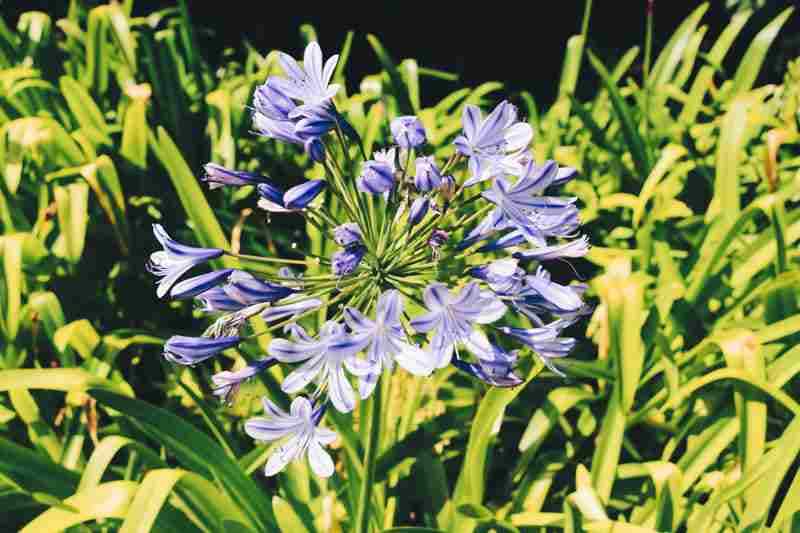
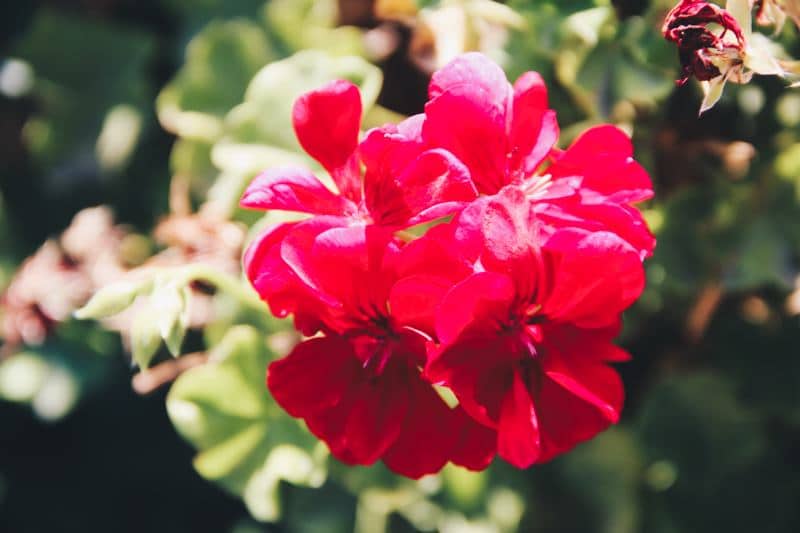
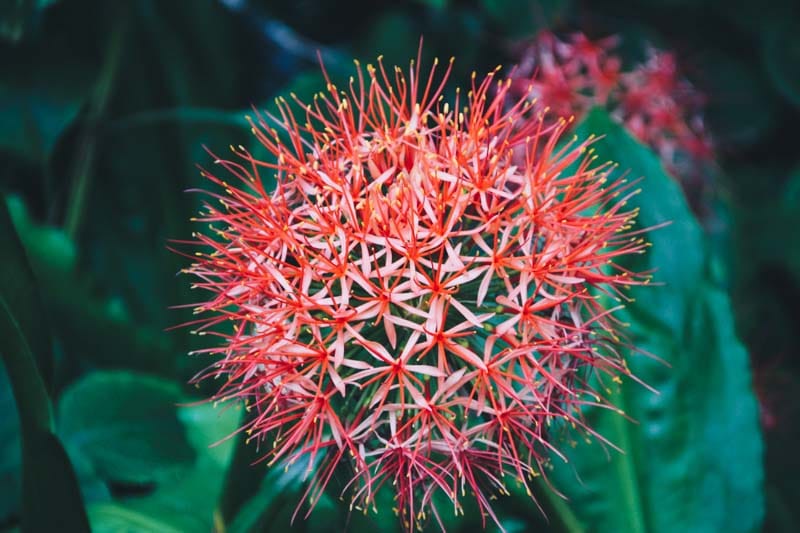
Don’t visit it at the race track, take the time to wandering around.
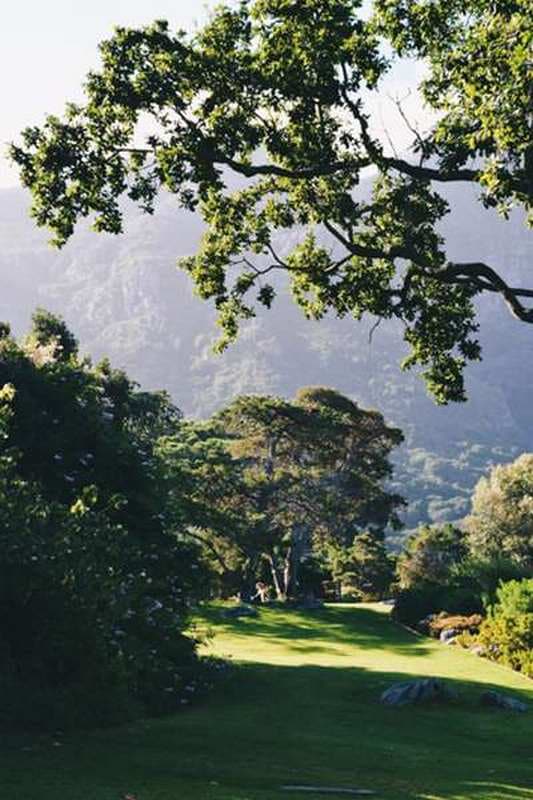
Bo Kaap, the Malaysian touch'
The most colorful area of the city, the descendants of slaves from Malaysia, India and Indonesia. This Muslim population has made this district a truly separate area, with its typical architecture made of pink, yellow, orange, parma houses, and its small minarets.
A festival of colours is a sign of protest during the apartheid.
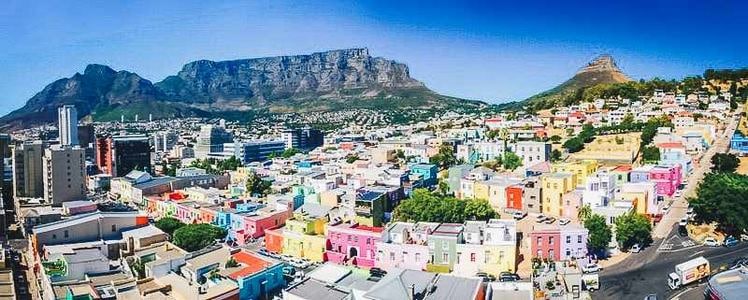
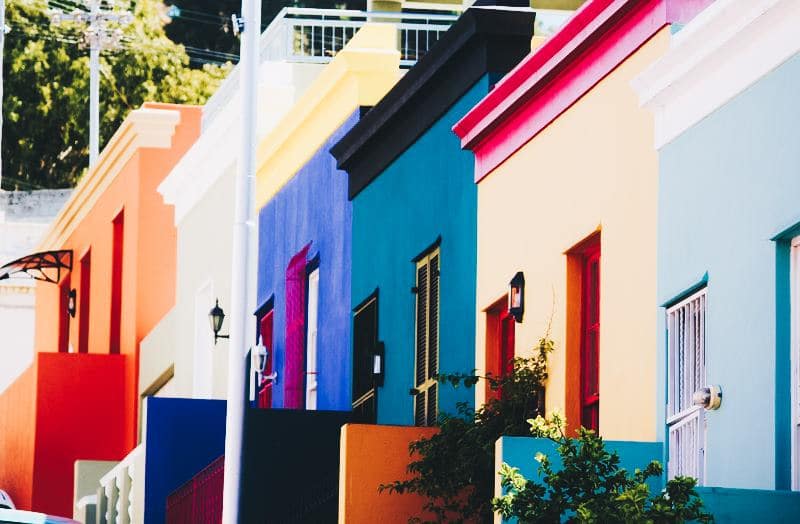
Hout bay, seal island
A small fishing port in this village of the Cape Town's region, from where one embarks to see the seal colony gathered on an island.

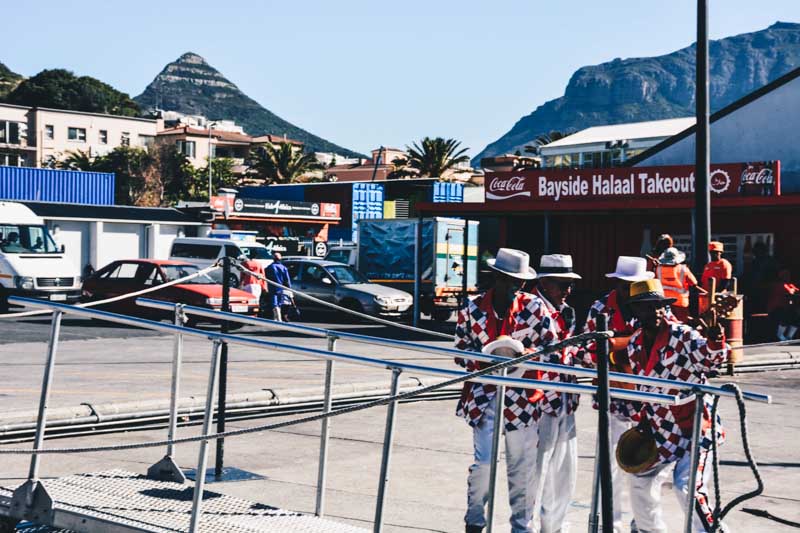
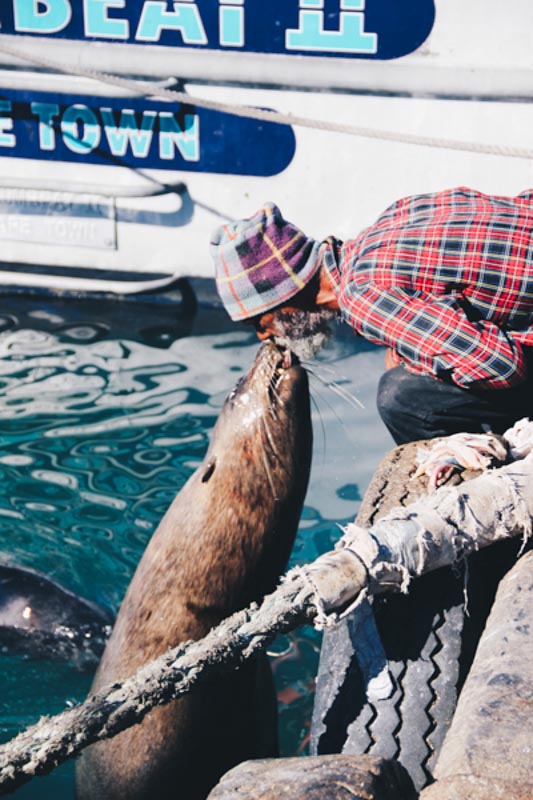
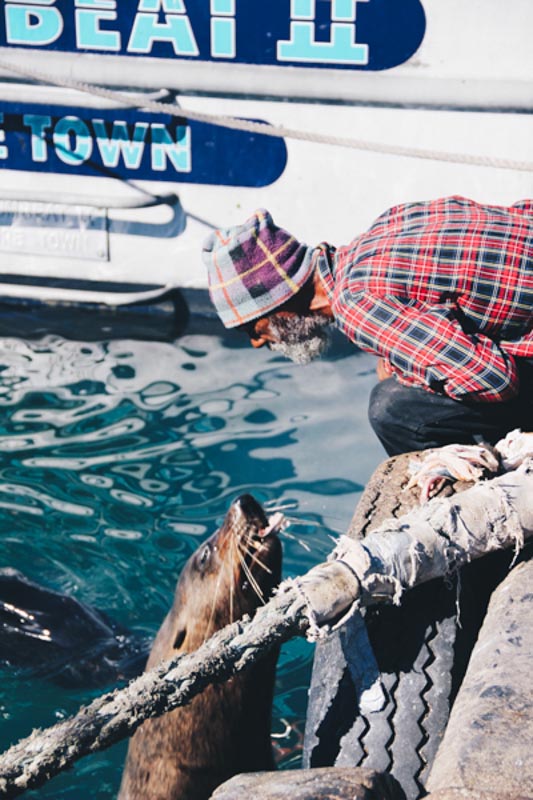
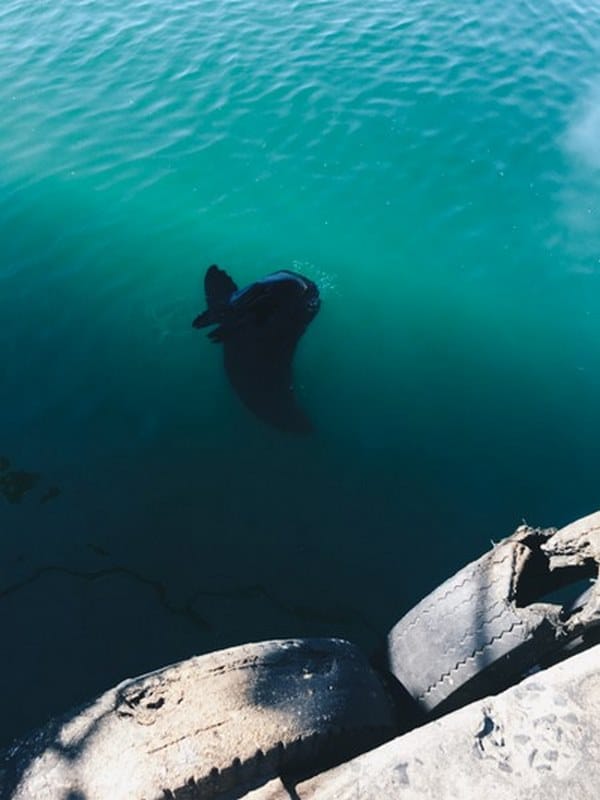
Boarding a boat to reach the island. Although the seal is not, strictly speaking, the rarest and most impressive animal, it may still seem surprising to cross a colony in Africa.
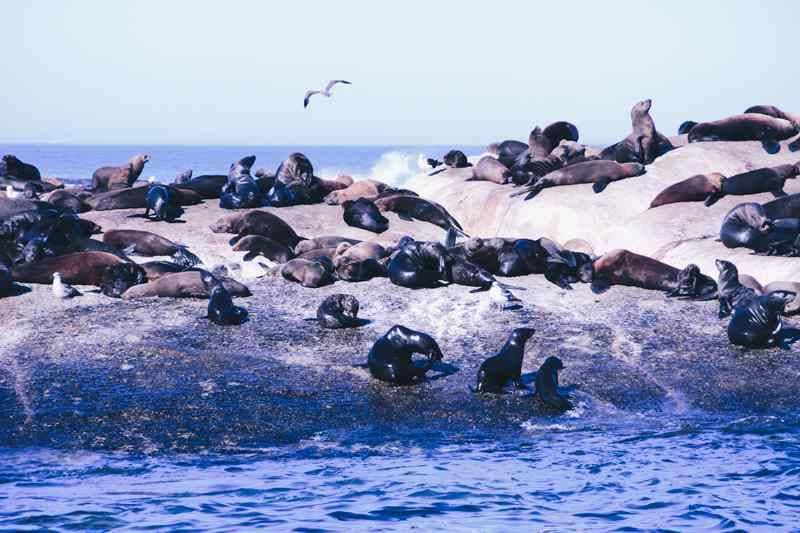
Boulder’s beach
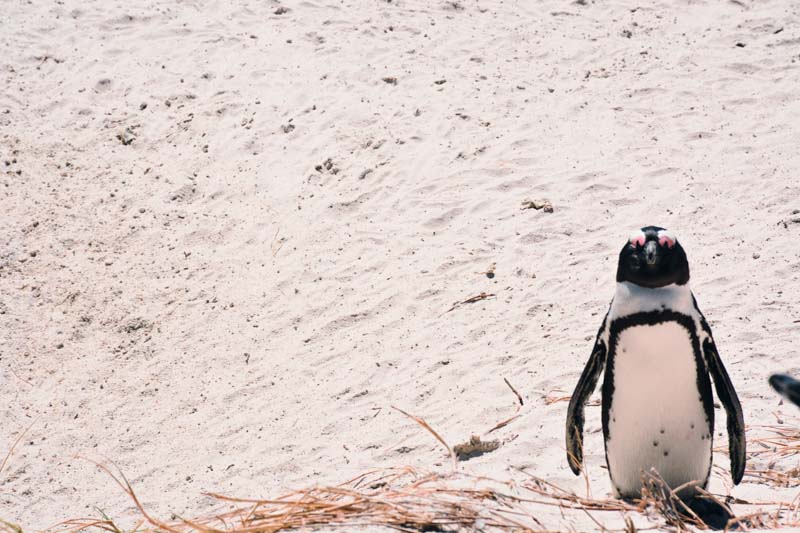
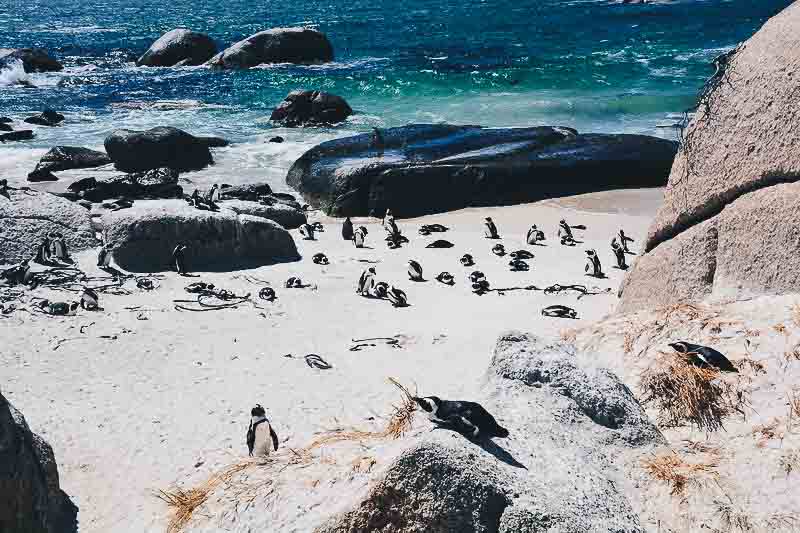

Cape of Good Hope and Cape Point : the African finistere
Here, at the end of the continent, at the point of passage of the Indian and Atlantic oceans, many sailors stranded on these steep rocks, when others found hope :" Ship to shore !! "
The site is not exactly the southernmost point of the continent, but let’s not be a party pooper…its view is magnificent.
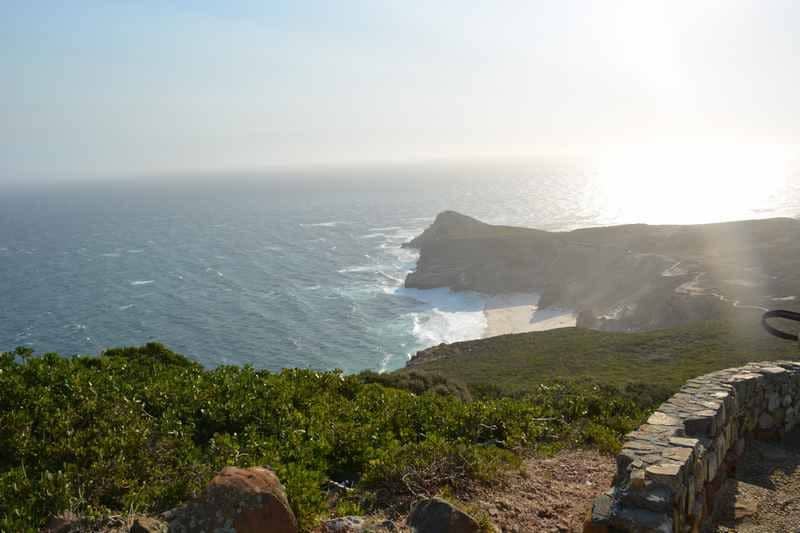
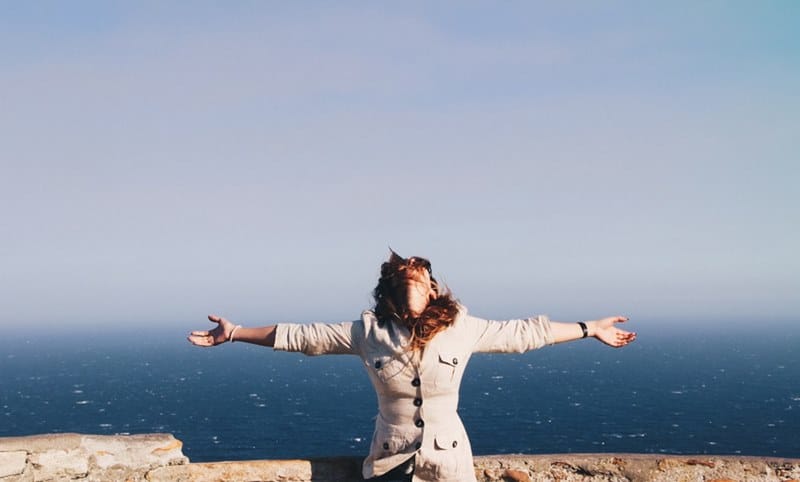
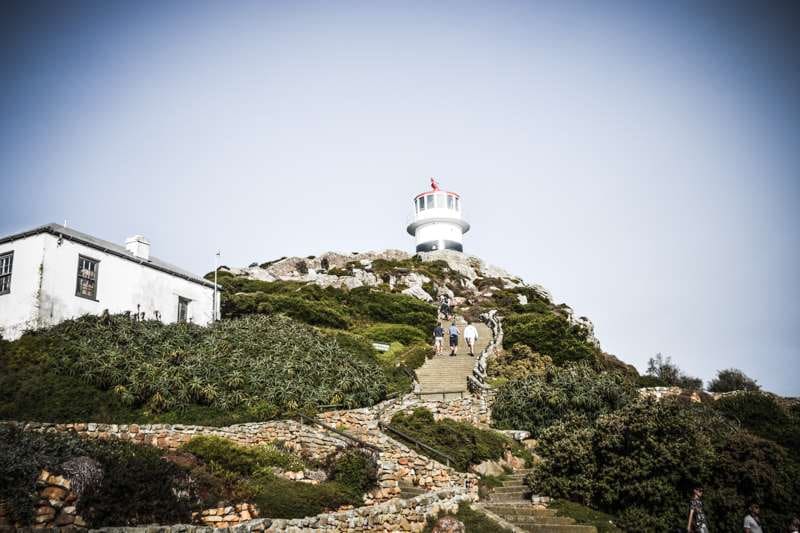
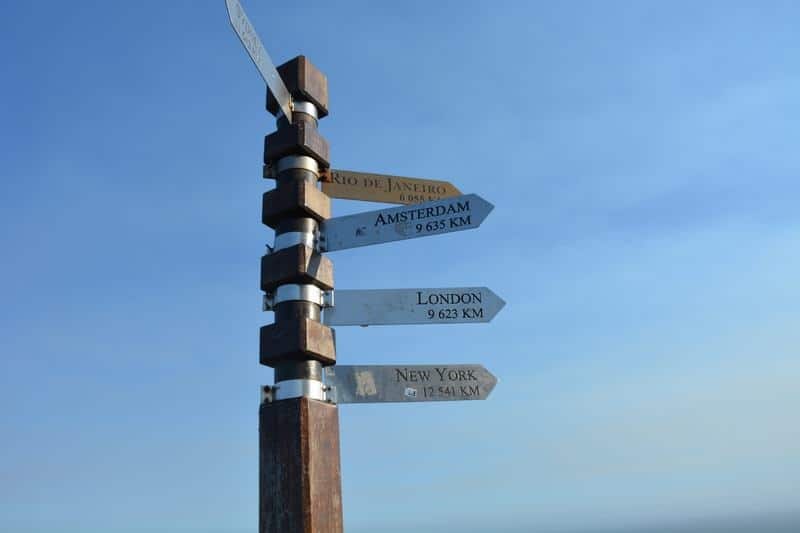
The mythical site of Cape Point.
One end of the world...
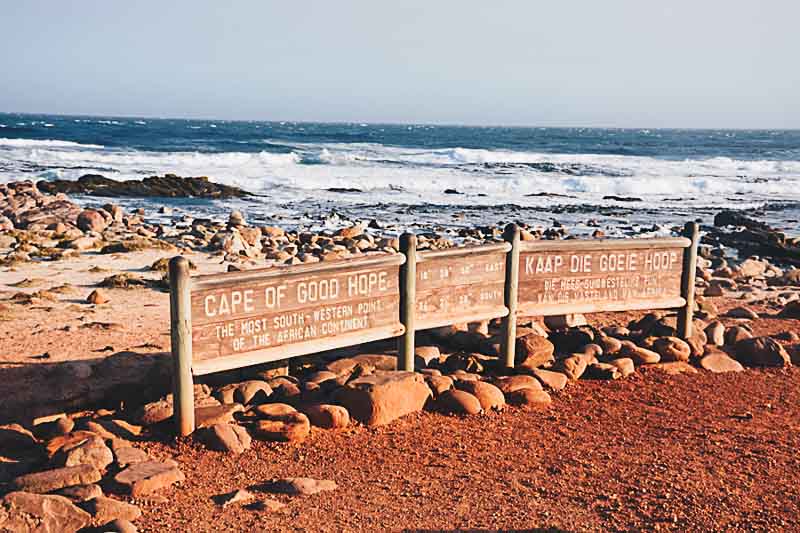
Table Mountain
One of the seven new wonders of nature. The best (and most beautiful) panoramic view of the city (360°).
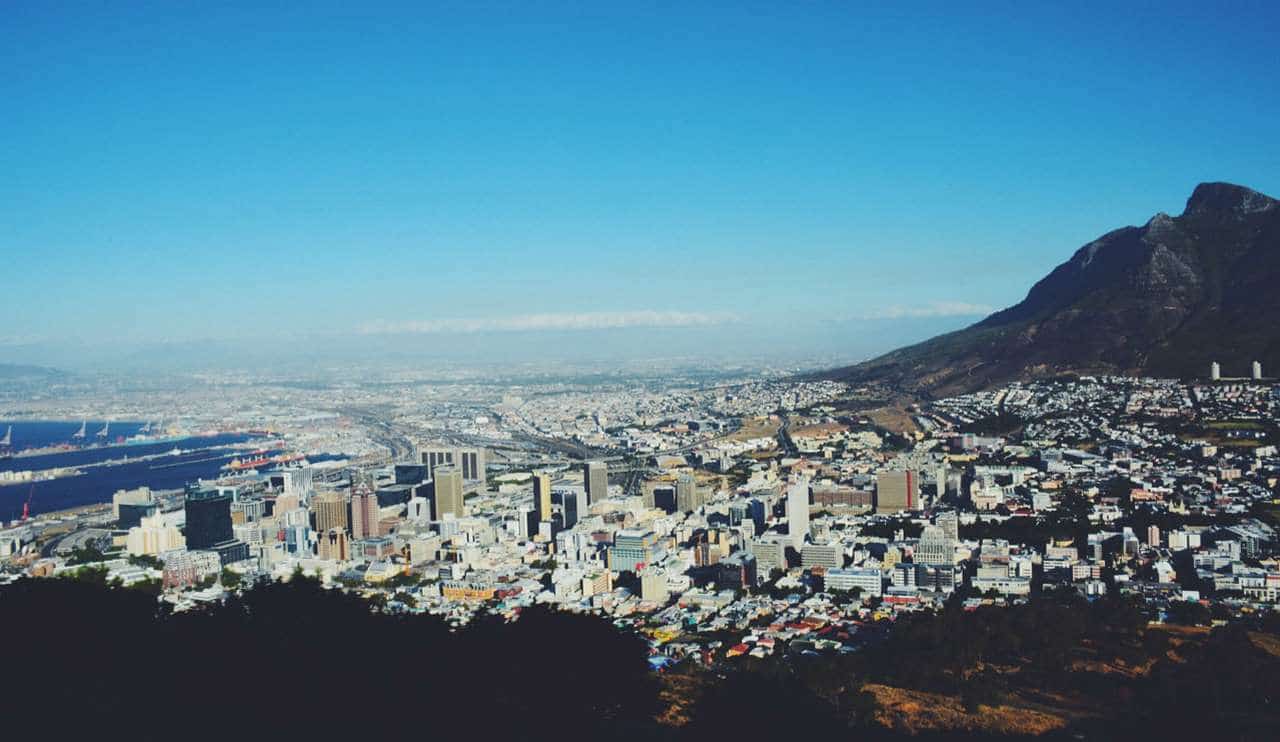
It can be reached on foot (for the bravest) or by cable car.
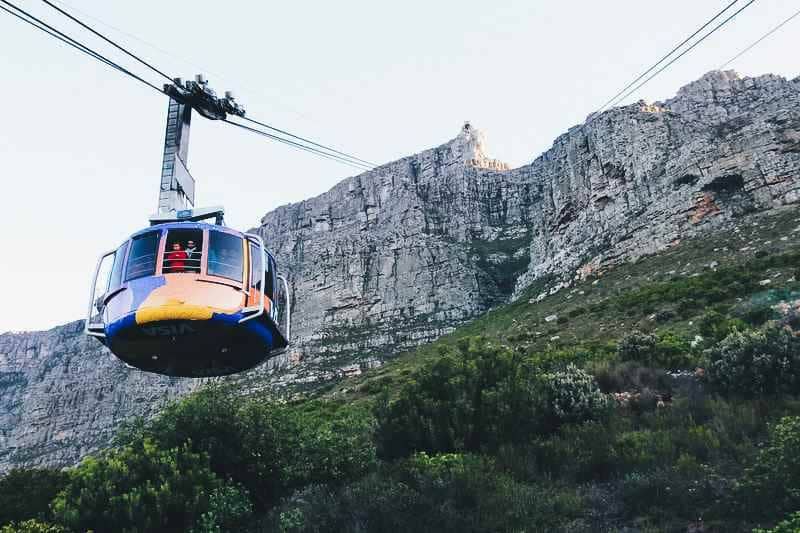
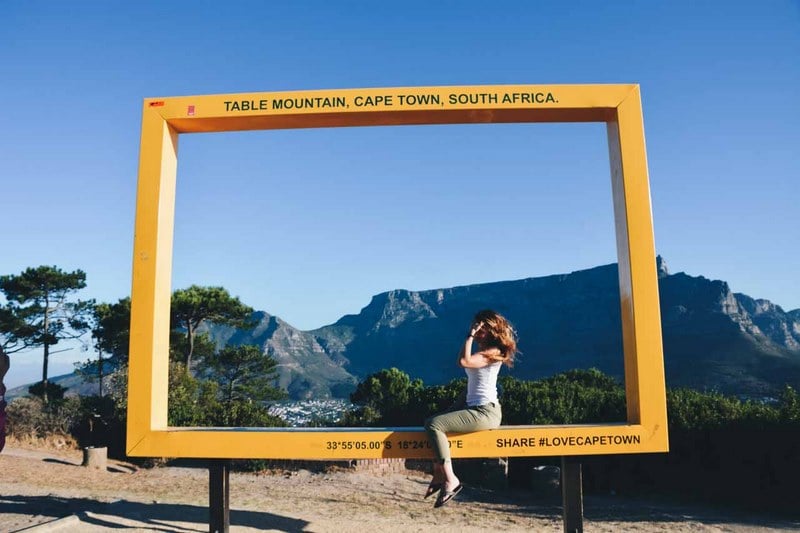
Chapman’s peak road
Southern Cape
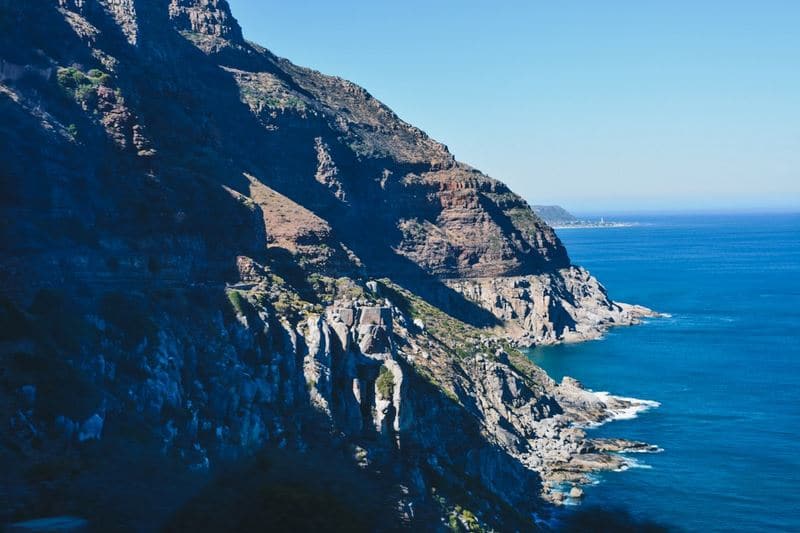
Often ranked among the most beautiful scenic roads in the world, its 9 km winding offers a 180 degree view of the Cape Coast,
between Hout Bay :
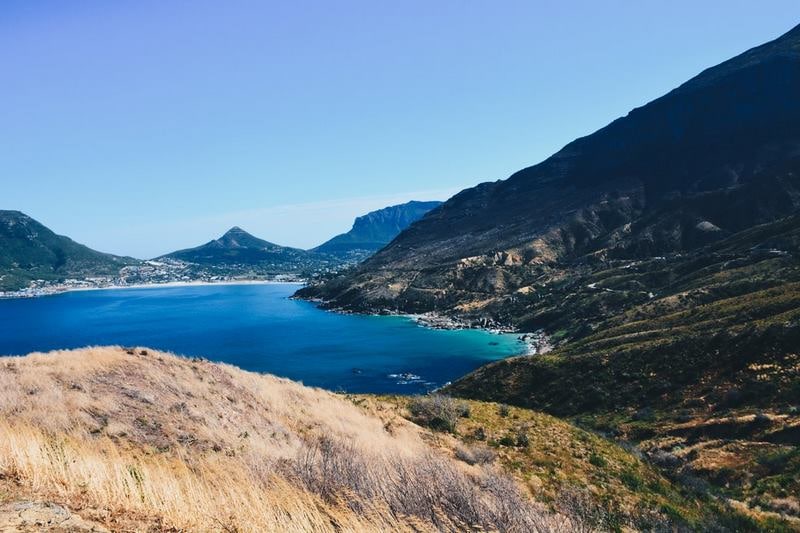
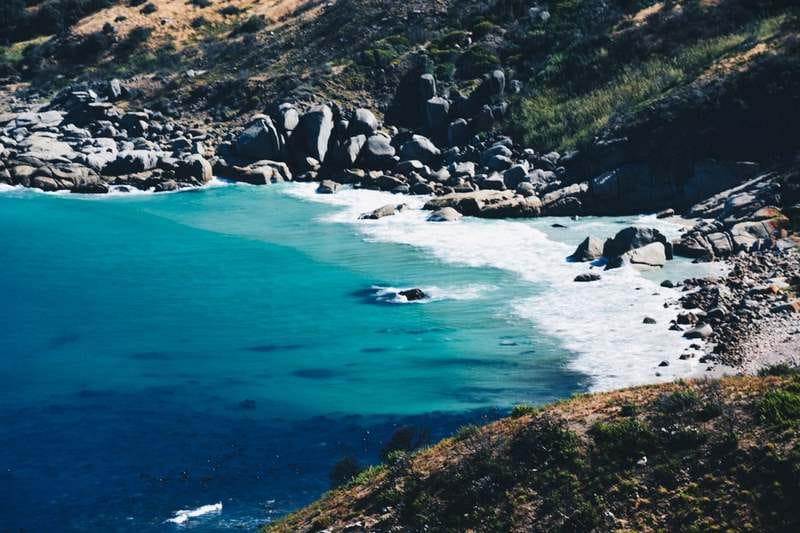
... and the beautiful beach of Noordhoek.
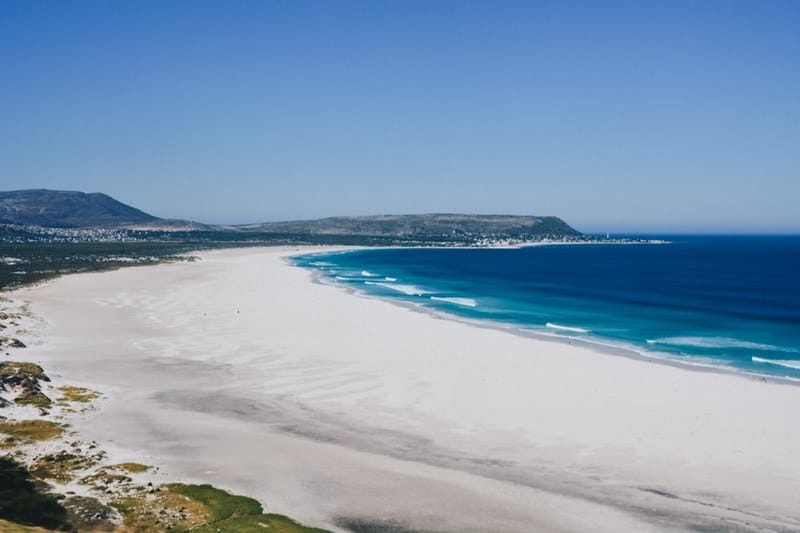
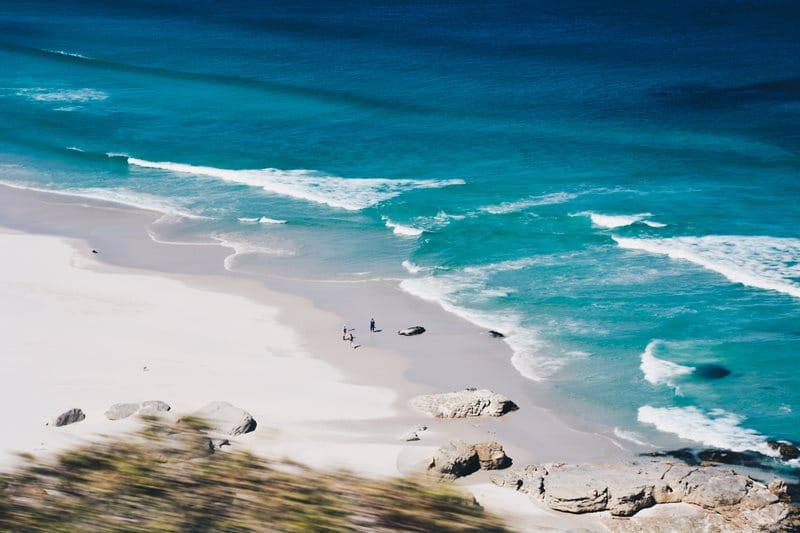
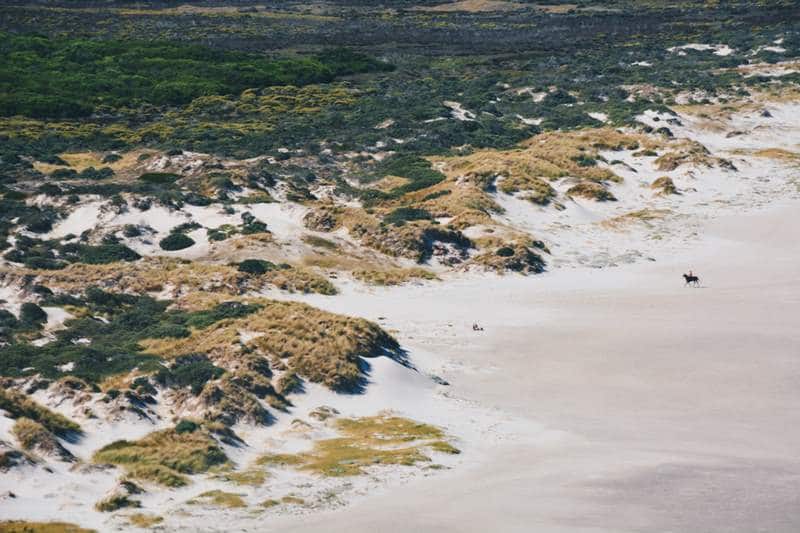
On the Wine Route in Franschoek and Stellenboch
About 50 kilometers from Cape Town, there are two cities with an old-fashioned charm, where wine-growing regions have a special way of life.
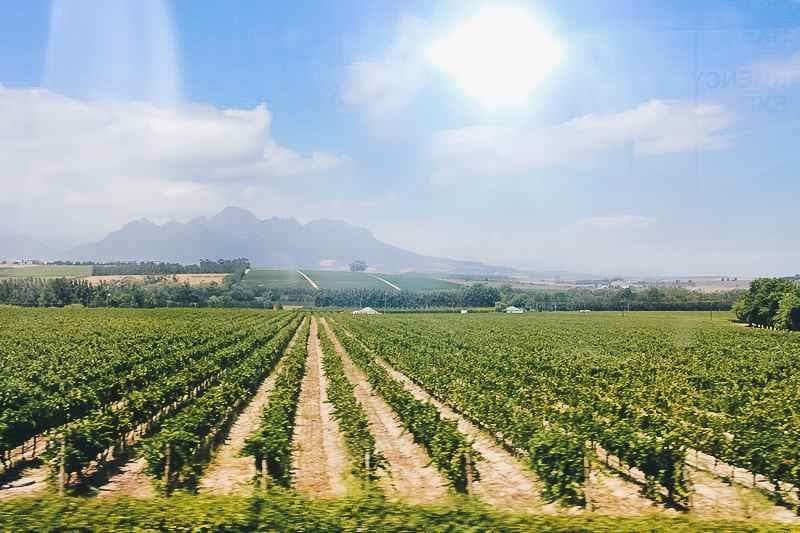
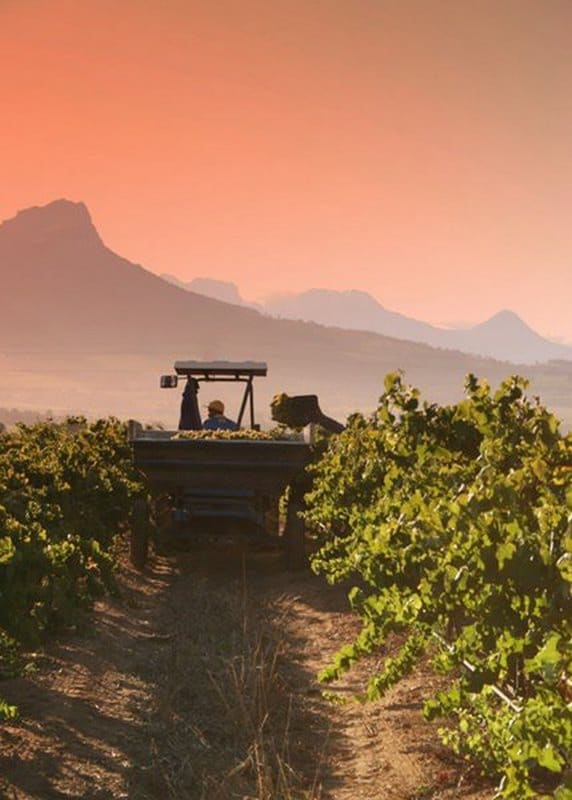
The “Cape Dutch” style of the houses gives the impression of walking in a Dutch village in the middle of August, on a background of French vineyards.
And for a good reason : after the revocation of the Edict of Nantes and the subsequent massacres (including the infamous one of Saint Barthelemy) in the 16th century, 1,200 Protestants decided to flee to South Africa. Some of these Huguenots have thus exported their know-how to the country, particularly in the area of wines. The Dutch settlers, well aware of the exceptional climate (Mediterranean type) of the region, had begun this culture, first in Stellenbosch, but not with the same success.
The region now has 15 wine roads, whose estates produce red, white, rosé, brandy, etc.

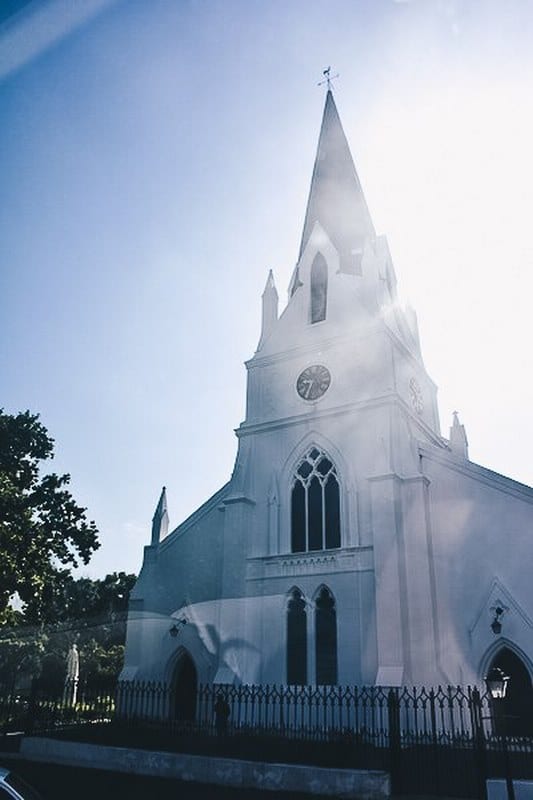
Bergkelder
The visit to the Bergkelder winery in Stellenbosch is a must!
Walk in the domain, tasting in the cellars, stop at the wine bar.
Change of scenery !
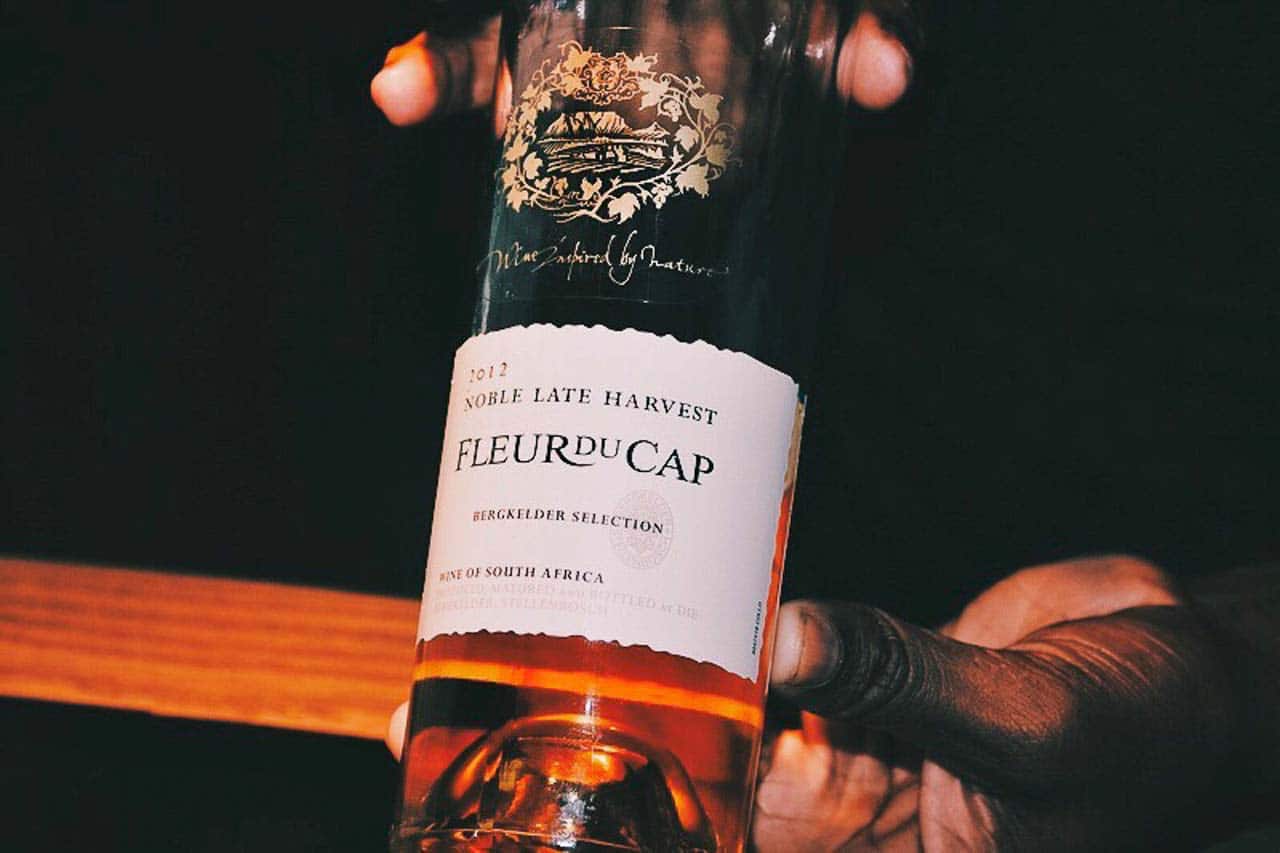
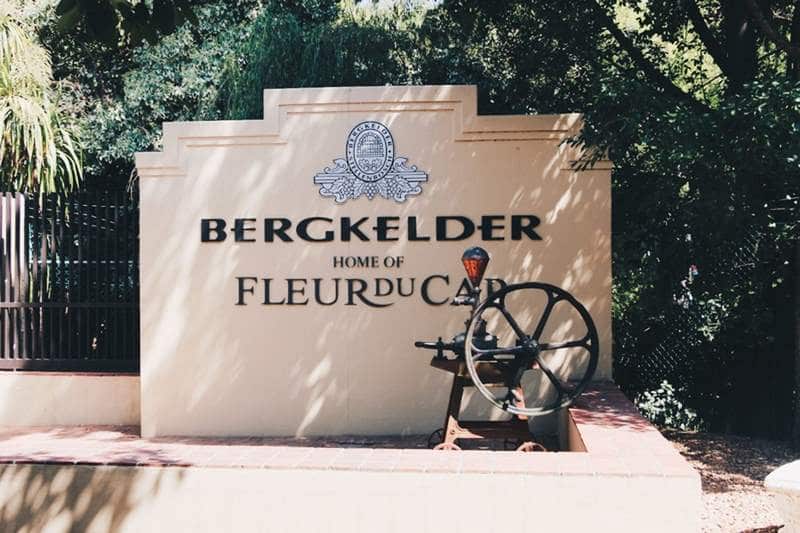
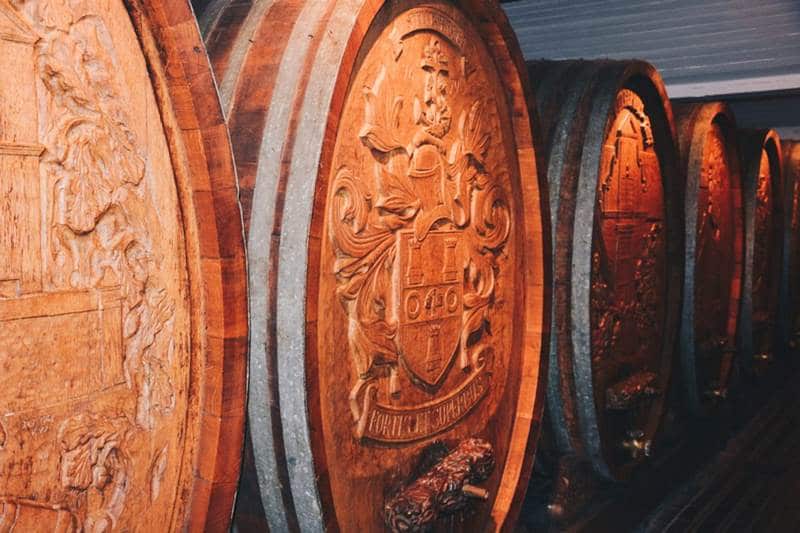
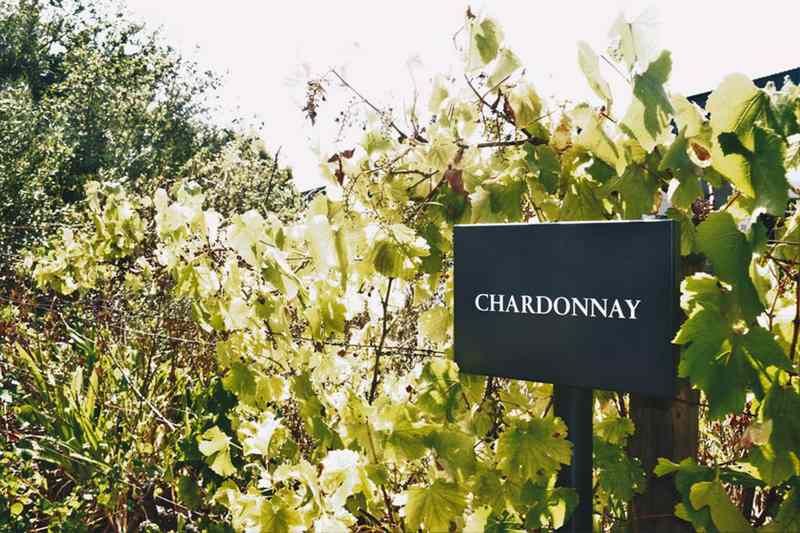
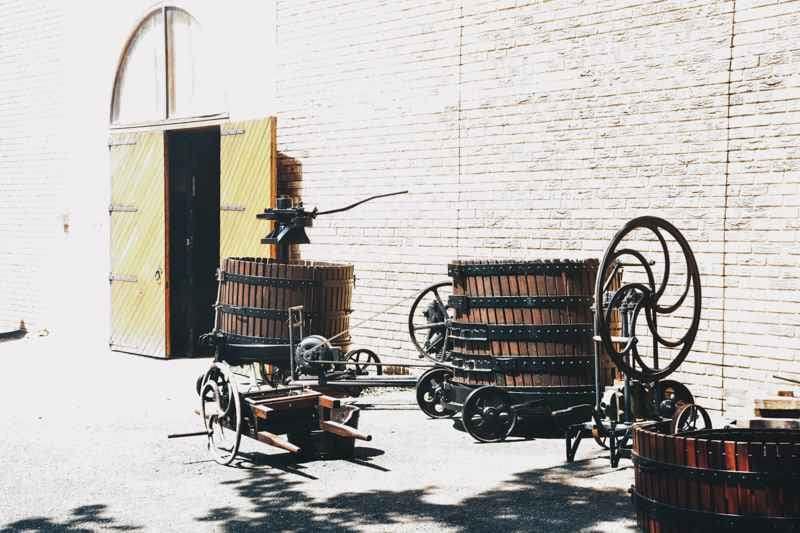
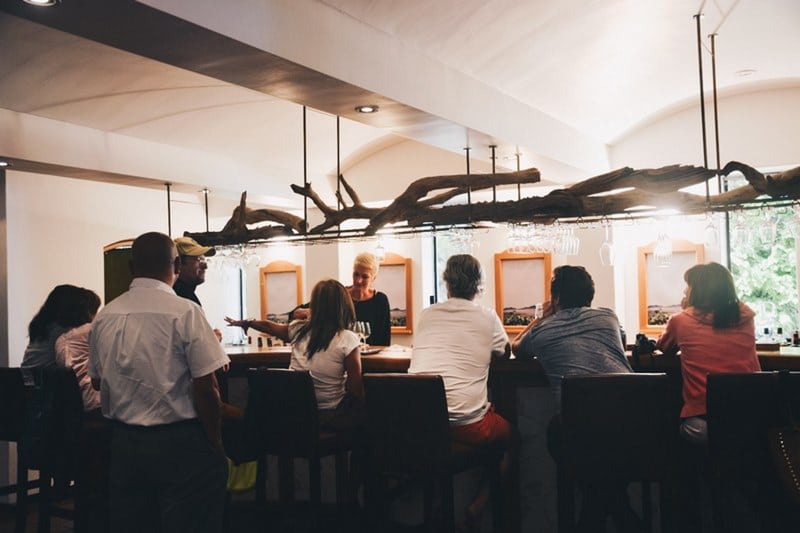
Big crush for the «Barrique Restaurant» of the Vredenheim domain, which often serves as a reception place and can be easily understood. Their bobotie is delicious, and their garden is simply idyllic. Nickel lawn worthy of an English garden, small bridge of Japanese wood, floral alcoves where the varieties of all colors blossom. Even a field with a few zebras. An enchanted parenthesis.
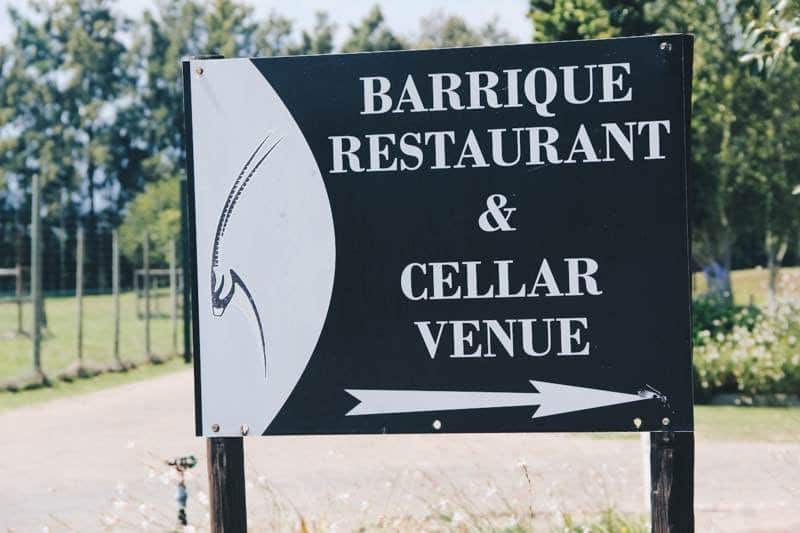
Bobotie is a South African dish made from spicy ground meat, broiled in the oven with a topping made from egg and bread soaked in milk. A delight.
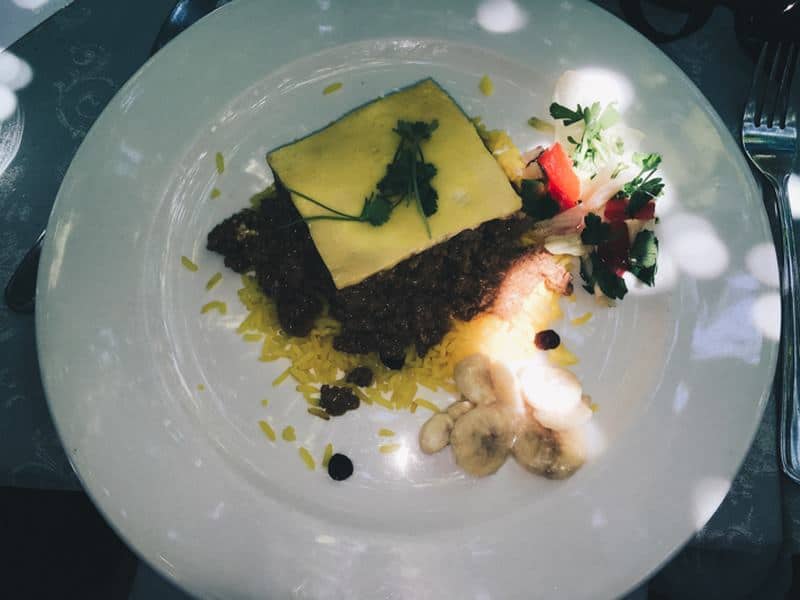
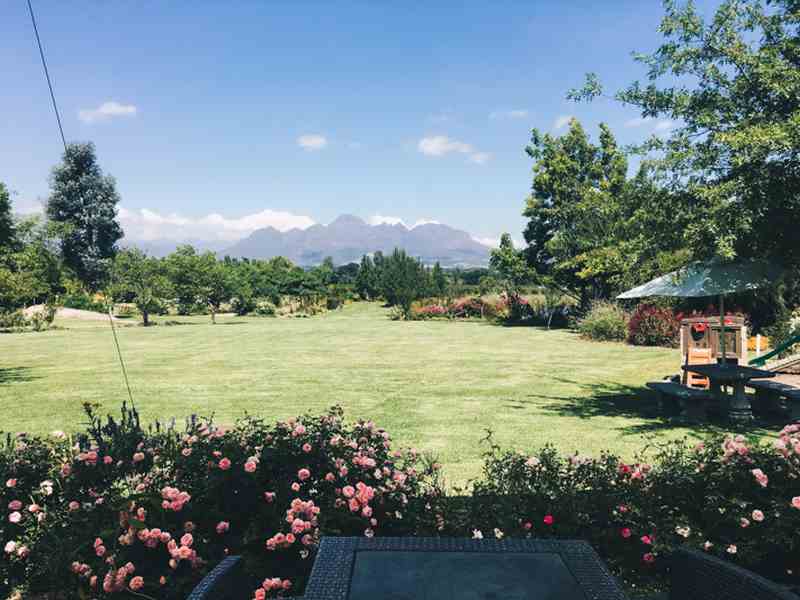
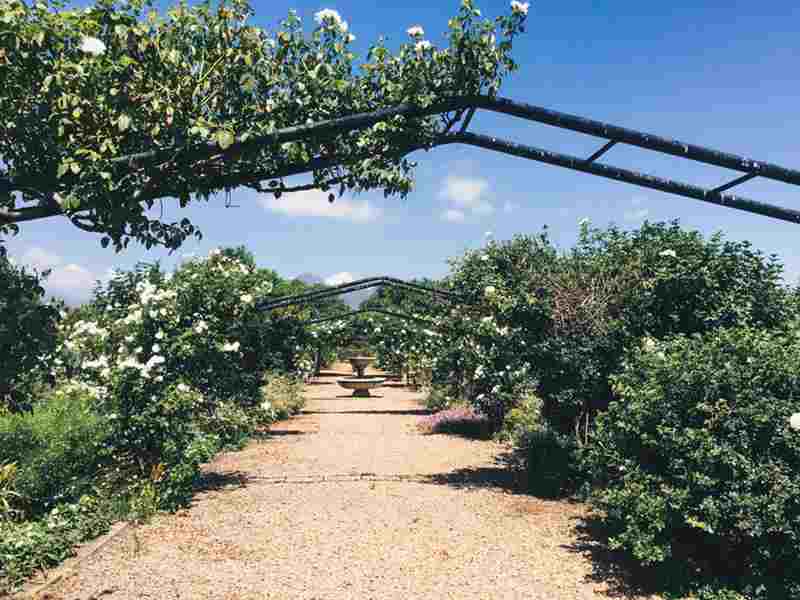
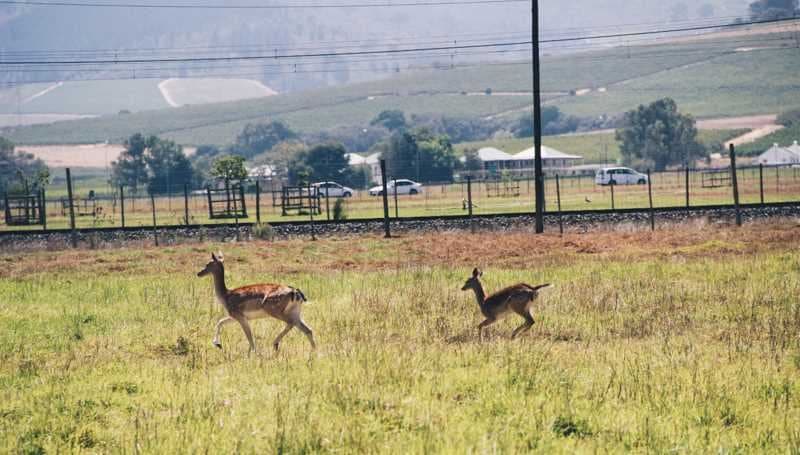
First meet with zebras.

Franschhoek, the french corner
Of the four European Protestant ships that landed at the Cape, some of them were French. Franschhoek was the village of choice for these exiles in search of a new life. Elephants roamed the land that was granted to them. Their flag will be made: an elephant on a red blue white background. It's thanks to these families that South Africa has its own Wine Route 300 years later and ranks 7th among world producers.
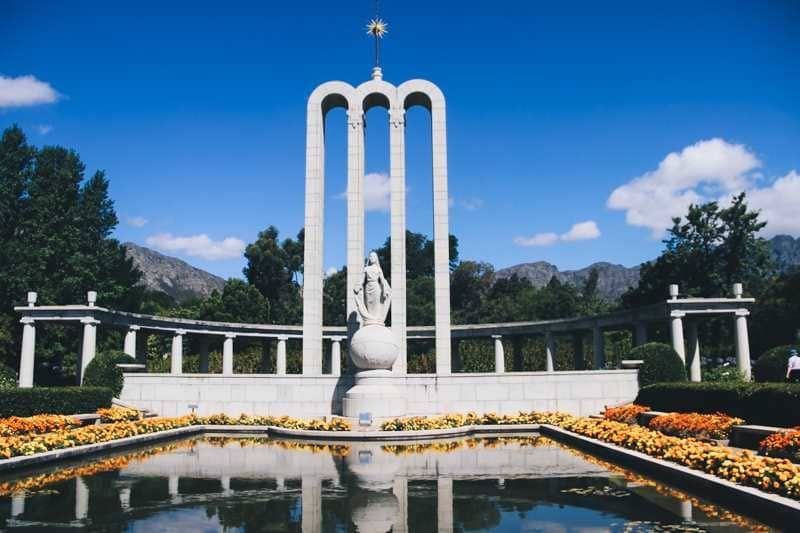
The French Huguenots gave the city its name : Franschhoek.
They even have a flag : red white blue with an elephant in the middle.
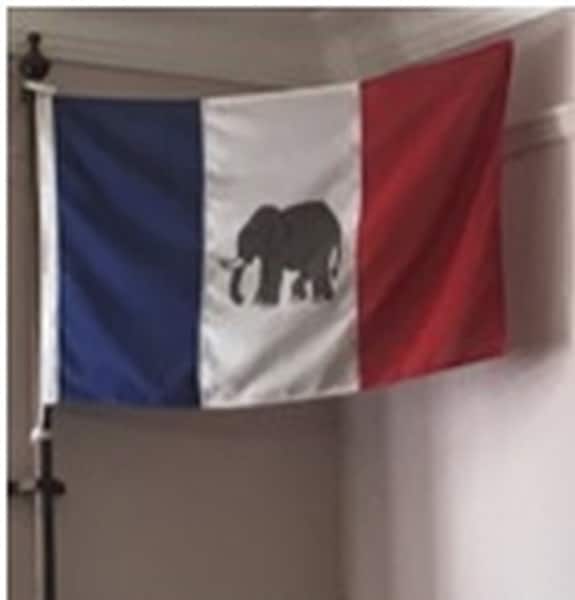
The city has a museum and a monument in memory of the Huguenots.
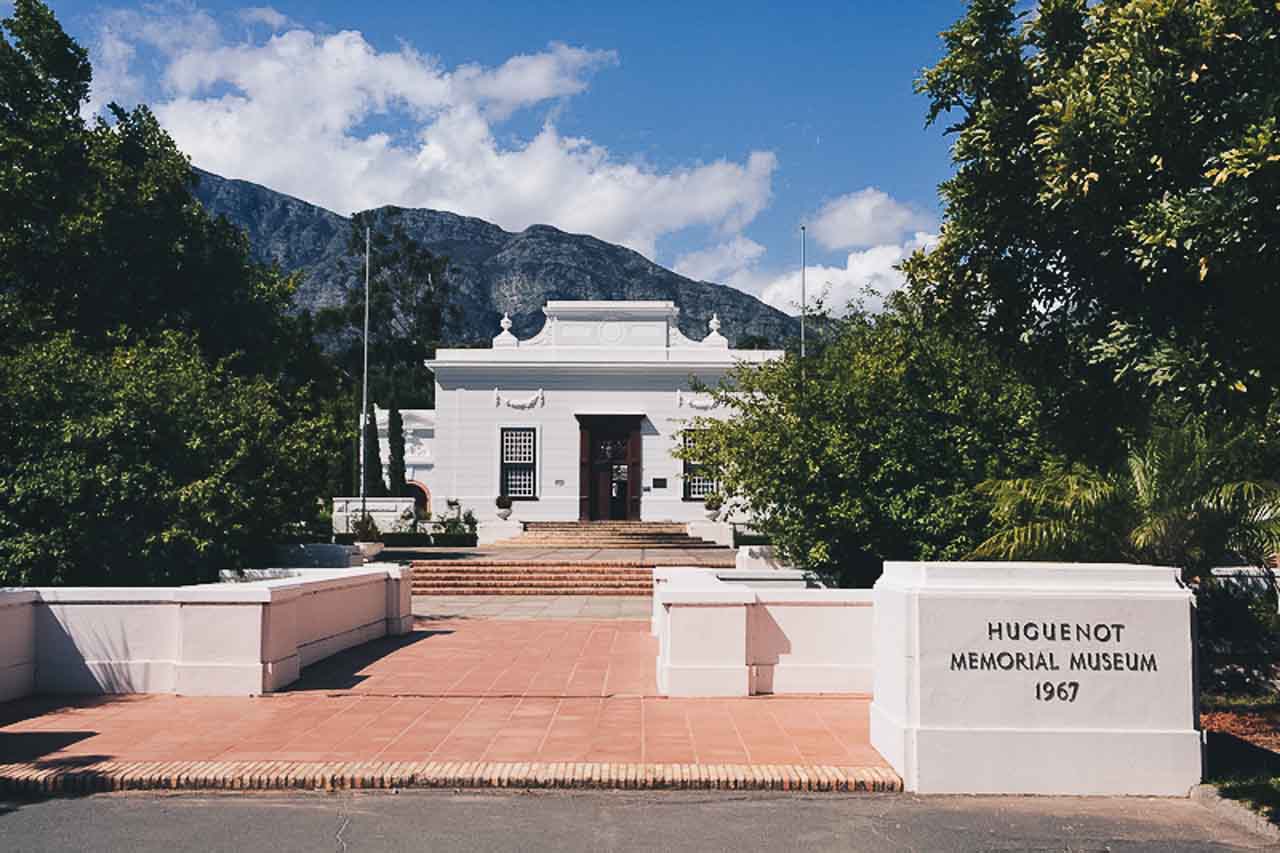
Although the use of the French language has now disappeared, the names persist (sometimes in Afrikaneri forms) and are widespread in the region. Notably that of the actress Charlize Theron, descendant of the French Huguenots.

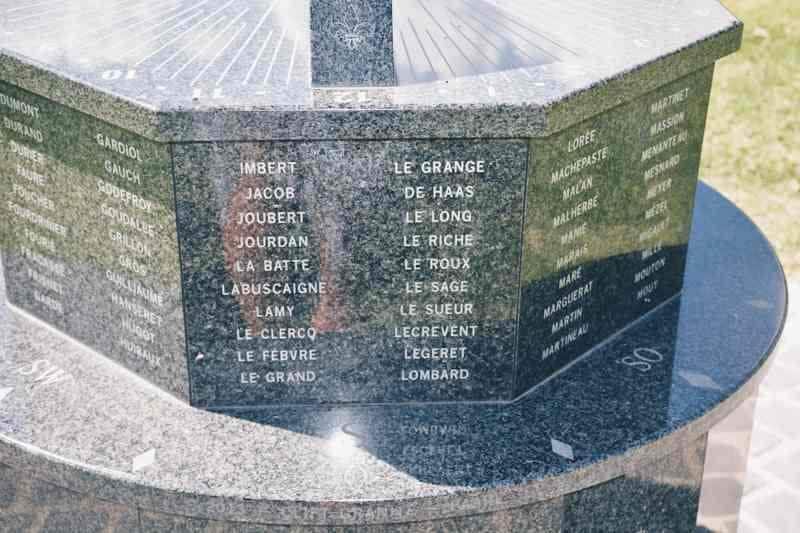
Post Tenebras Lux : The light after the darkness

Oudtshorn, the ostrichian capital
LITTLE KAROO
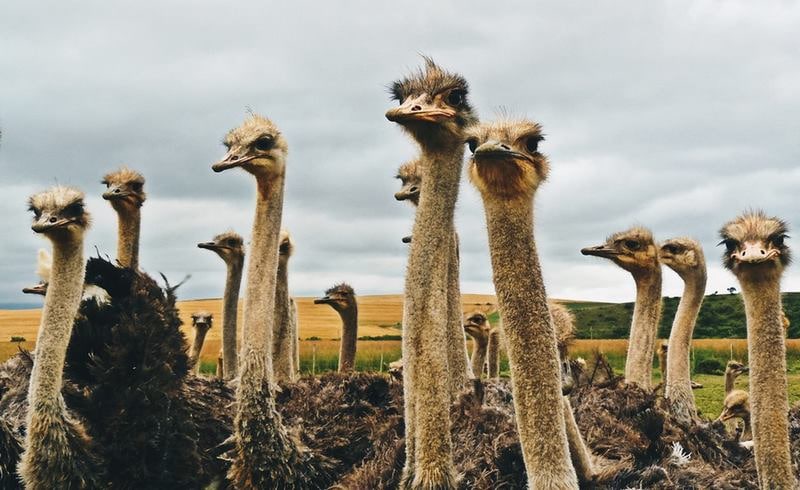
South Africa alone accounts for 75% of the world’s ostrich farming. A very profitable activity since in the animal, like the pig, nothing is lost or almost: its meat, less fat and with more protein than beef, is consumed, as well as its eggs, to made lamps and decoration accessories, and finally its leather, incredibly resistant.
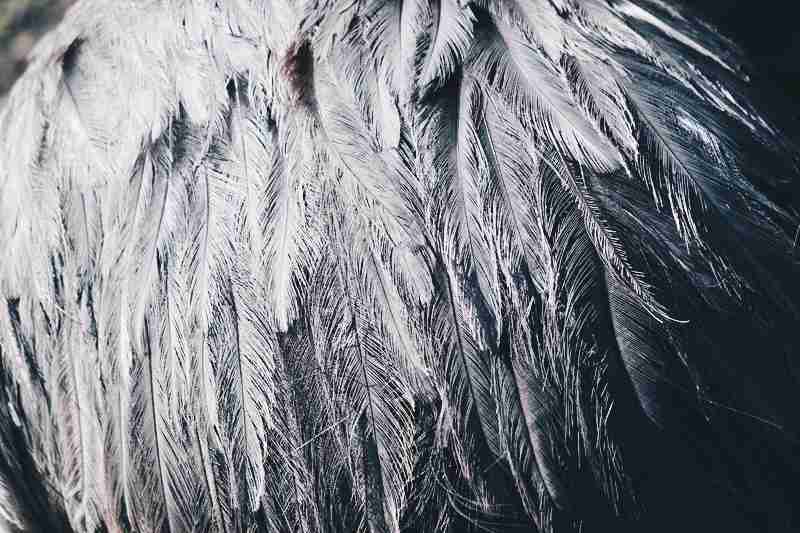
If ostrich cobbles have an exotic image in our country, the South Africans eat as much as beef or lamb.
Still used today for the manufacture of feathers and carnival caps, the feathers of the animal, worn on hats and fans, were highly prized in the 19th century, and sign of social success. The Europeans then massively imported feathers from Africa and made the fortune of the Little Karoo region (there is also the Great Karoo region).
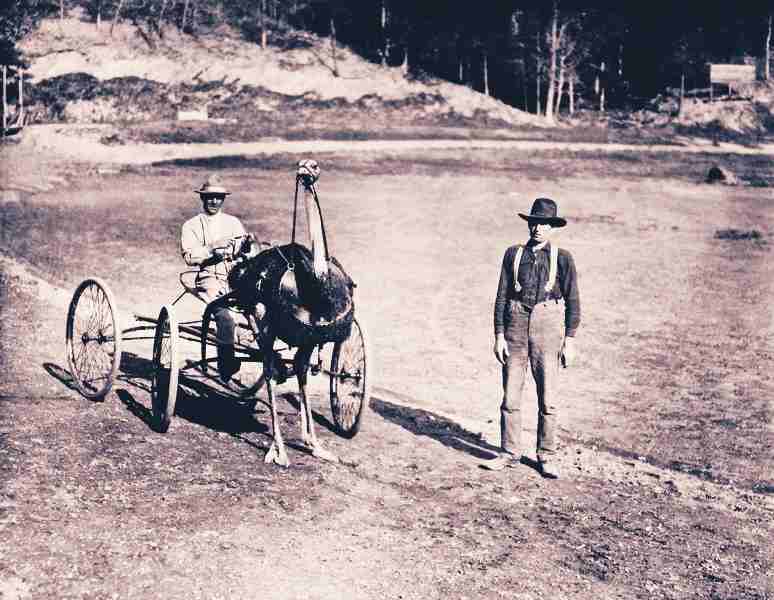
In Oudtshorn you can visit a farm where everything will be explained to you about the feathered animal, and do your shopping : bags, boa in feathers,
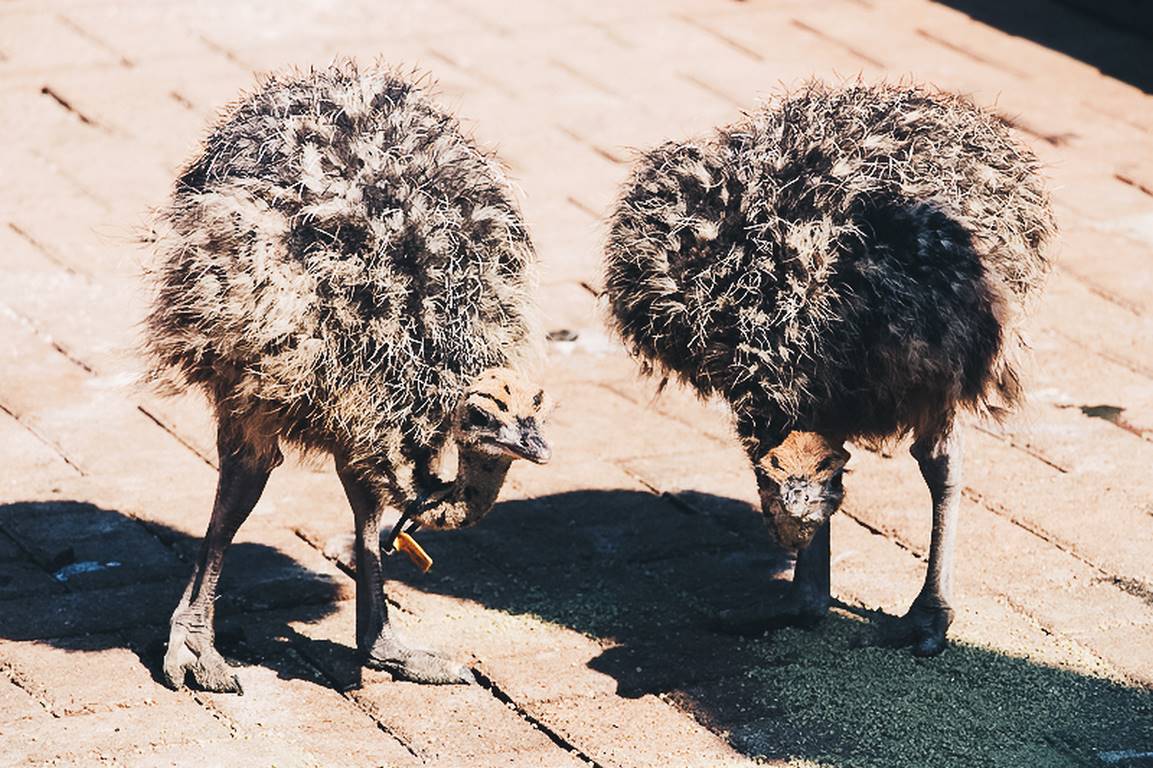
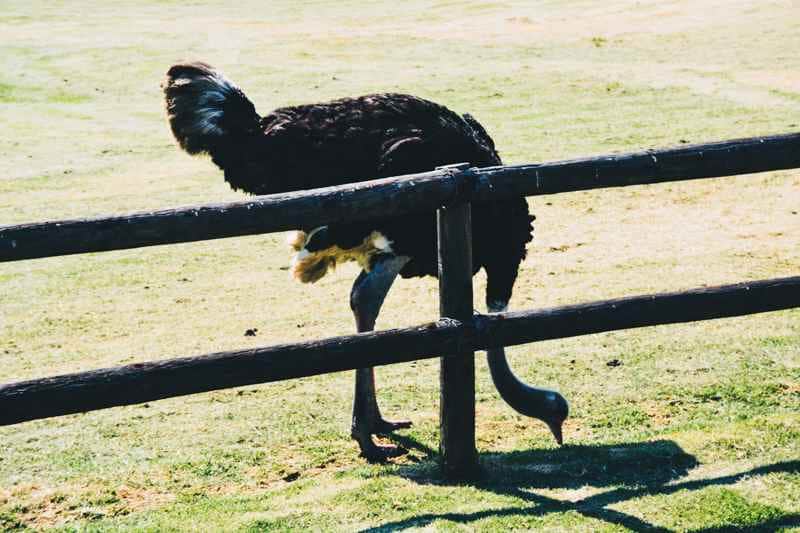
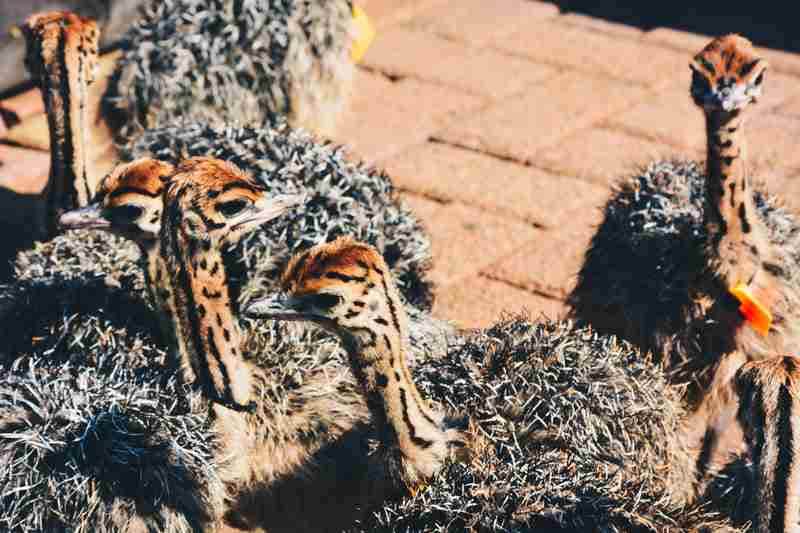
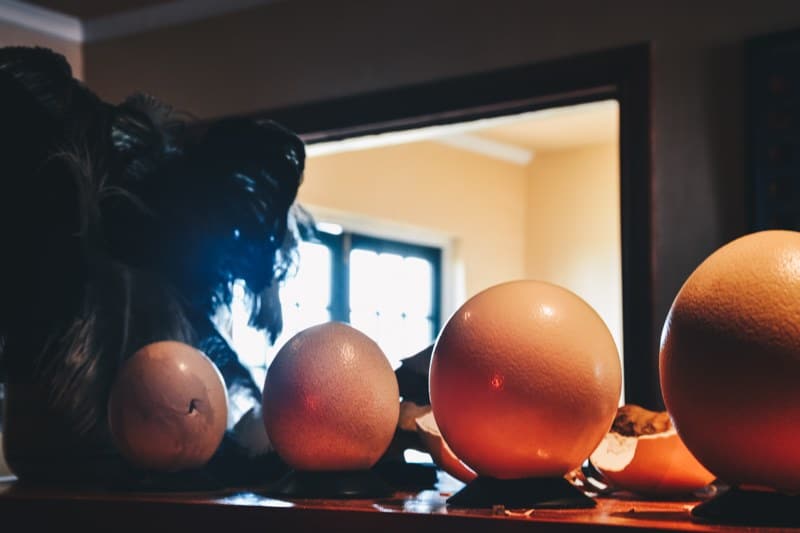

... or an ostrich egg painted or turned into a lamp, ideal for a very “curiosity cabinet” decor.
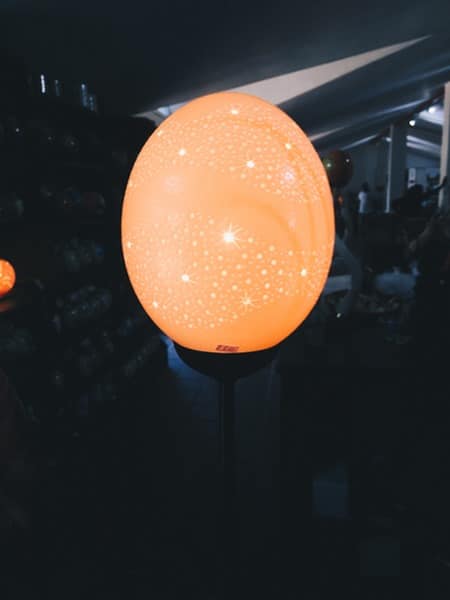
The ostrich in a few figures
“ Four nostrils, three eyelids, a stomach that digests as much gravel as alfalfa to make egg shells, and eyes that are bigger than the brain. »
→ The largest bird in the world, can weigh up to 150 kilos
→ It produces a 20 cm long egg, the equivalent of 25 hen eggs. It takes ¾ of an hour to cook one in the shell.
→ Its skin is very resistant, it can withstand -10 to 40 degrees
→ Its eyes are 5 cm in diameter, bigger than its brain…
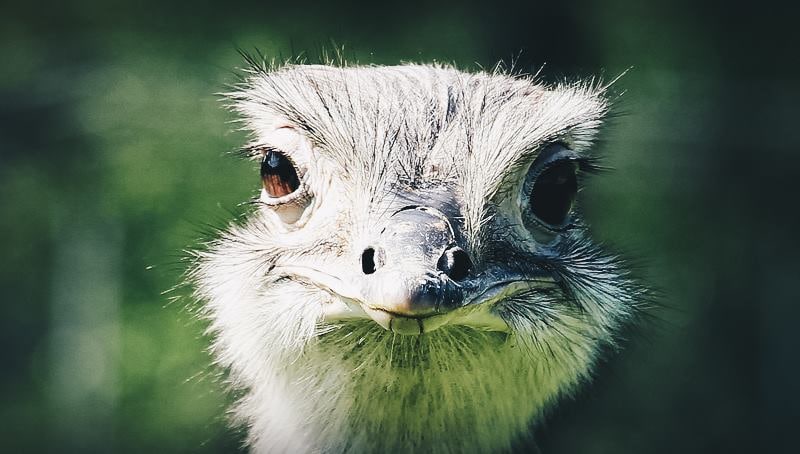
→ It can run up to 70km/h, during 30 min, thanks to its powerful legs, both long, muscular, and light (its knees are located under its plumage).
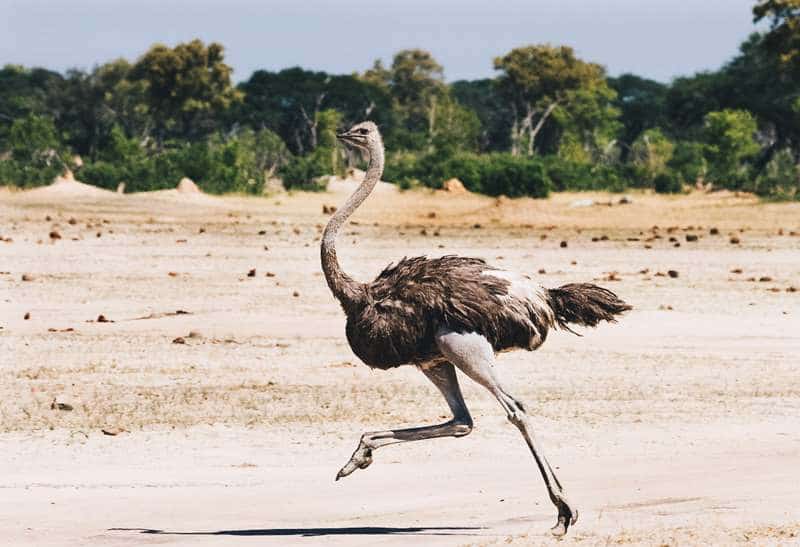
→ It's literately a dinosaur with feathers! Its sharp claws are 10 cm long, a kick of leg is enough to shoot his opponent. If it’s you, lie on the ground and hide your head!
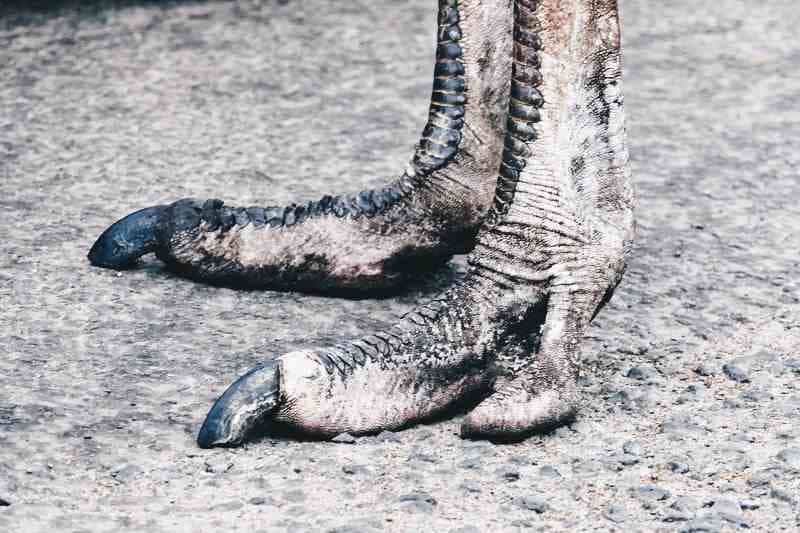
→ The expression « to hide one's head in the sand » comes from the animal’s attitude that it spends his life withits head on the ground since it picks up nearly 30,000 times a day and plunges it into the holes where it lays his eggs, but not to hide from danger. It's rather the ostrich the danger !
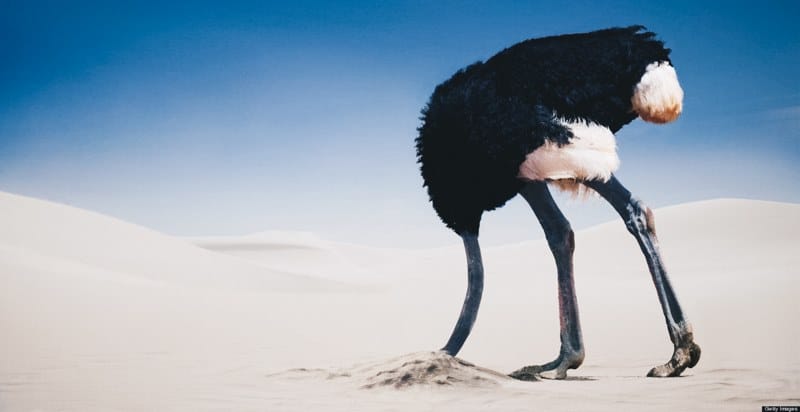
Graff Reinet, to appreciate the "Cape Dutch" style
The city is famous for its Protestant monuments, of Dutch architecture.
Again, it's hard to believe that we are actually in Africa.
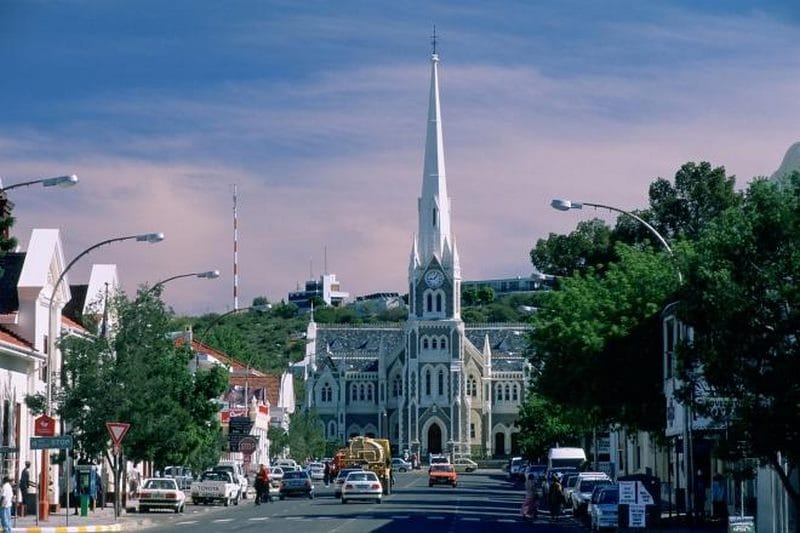
….And its Valley of Desolation
With the Blyde River Canyon Roundavels and Table Mountain, this semi-desert valley is one of the country’s most beautiful views of unspoilt nature.
A bird’s eye view of the relief plains in a palette of orange, yellow and red.

